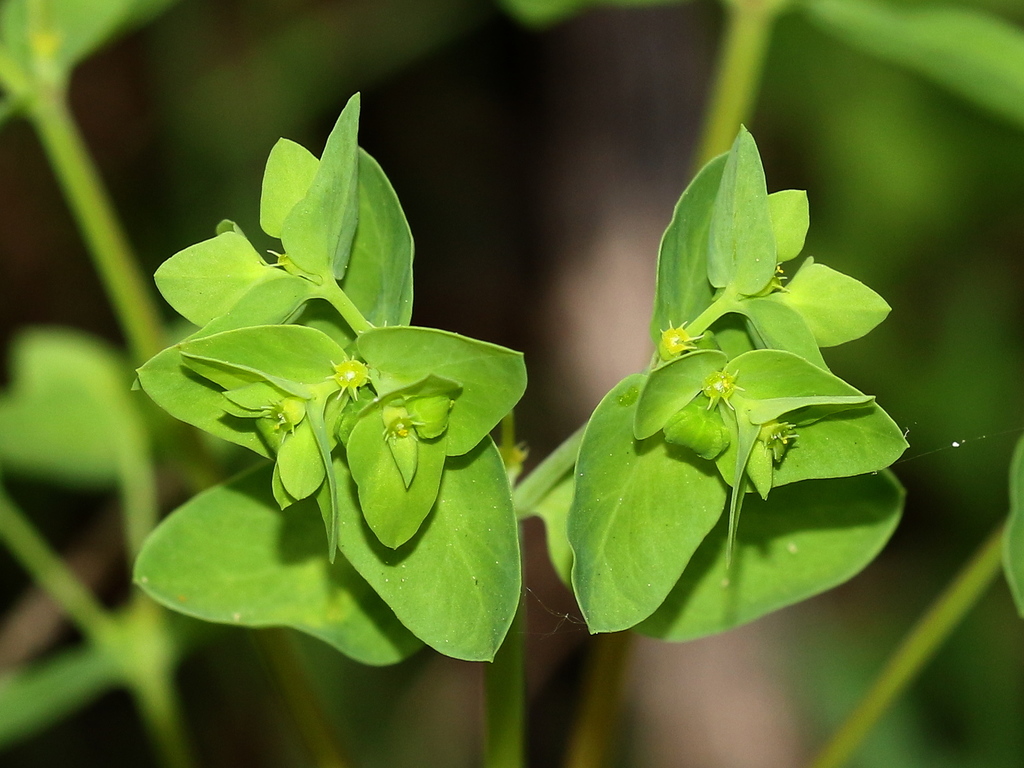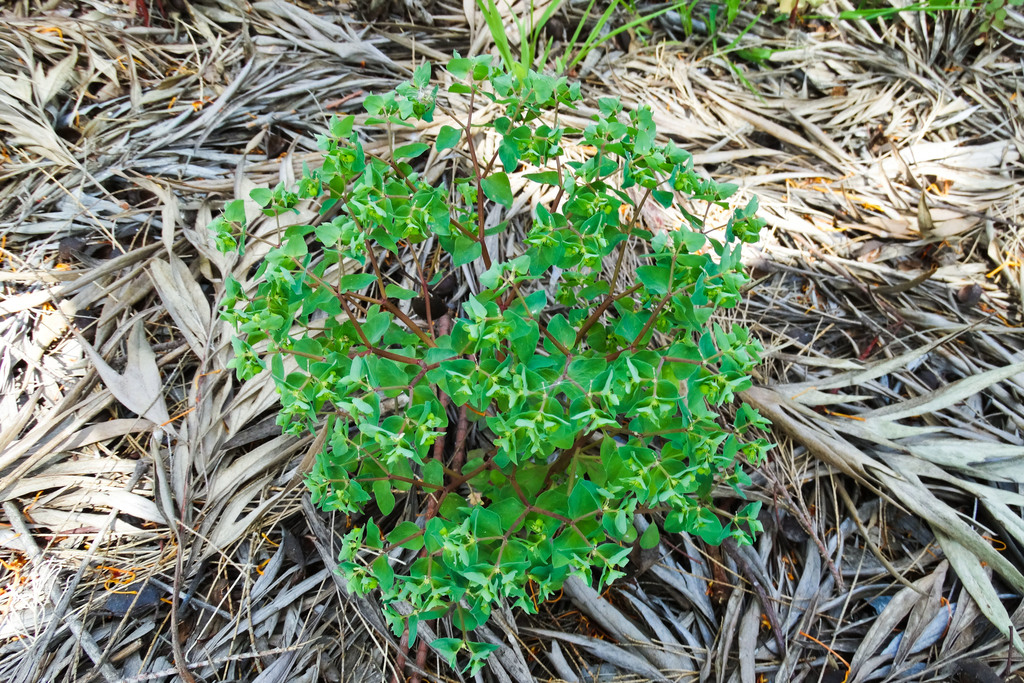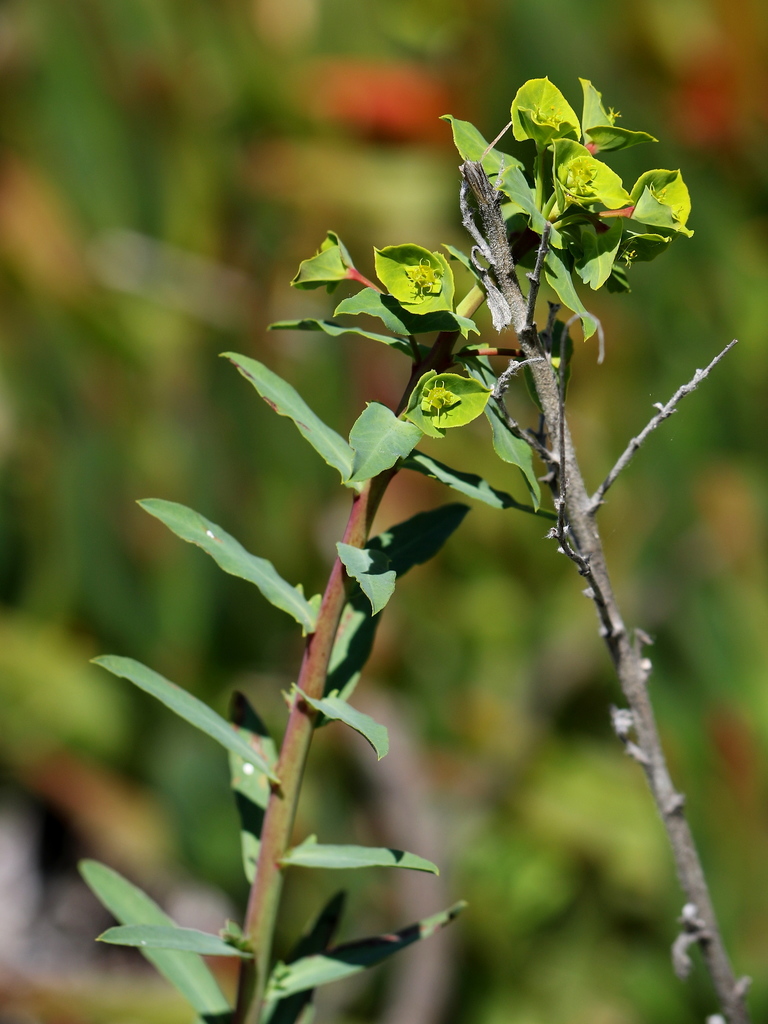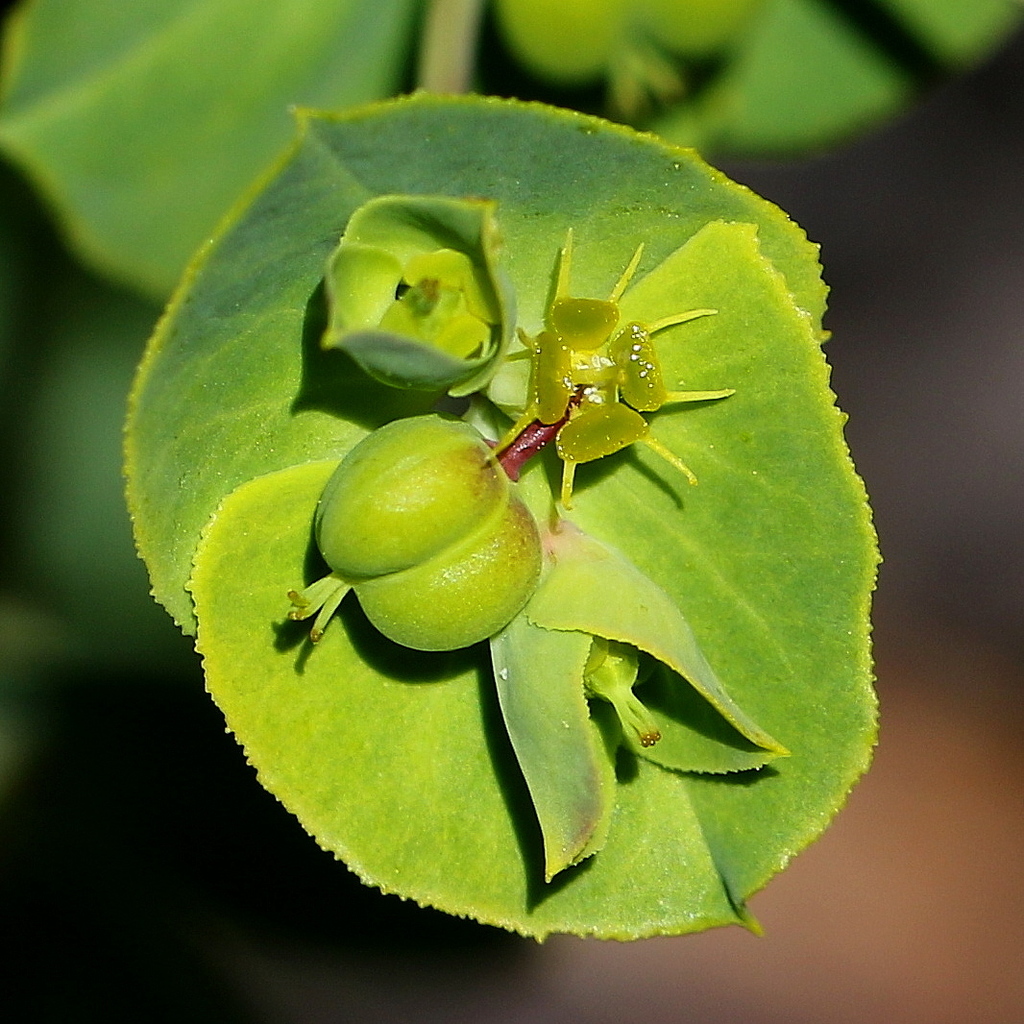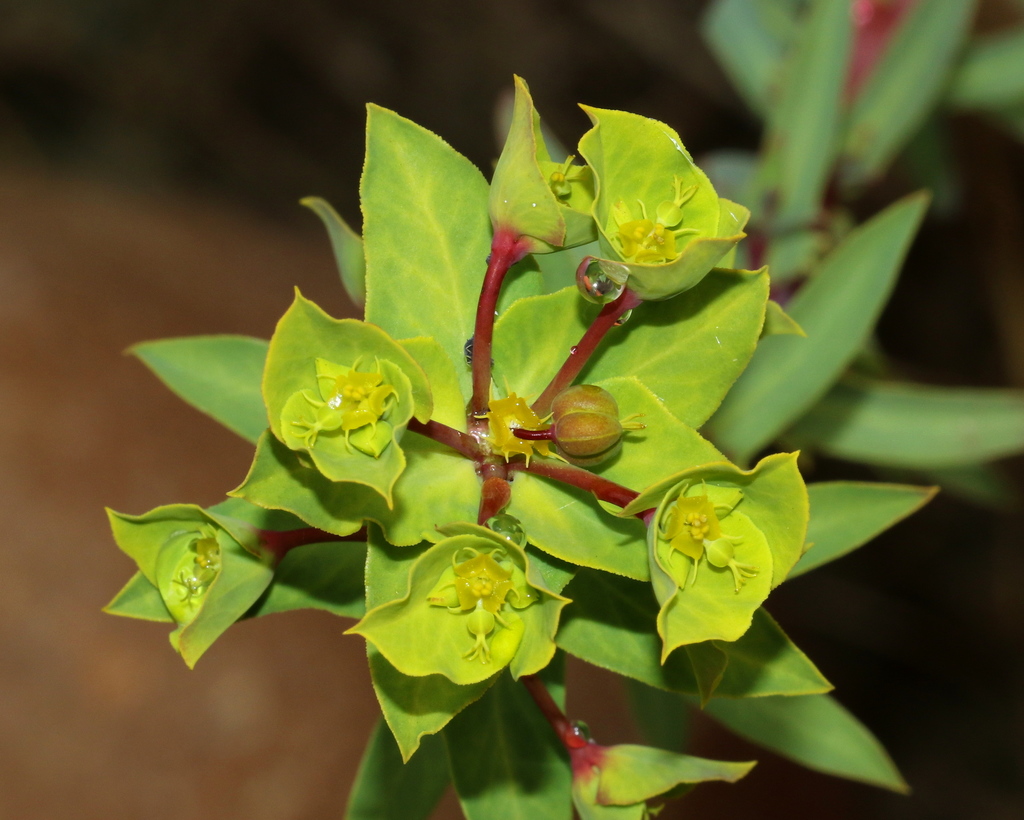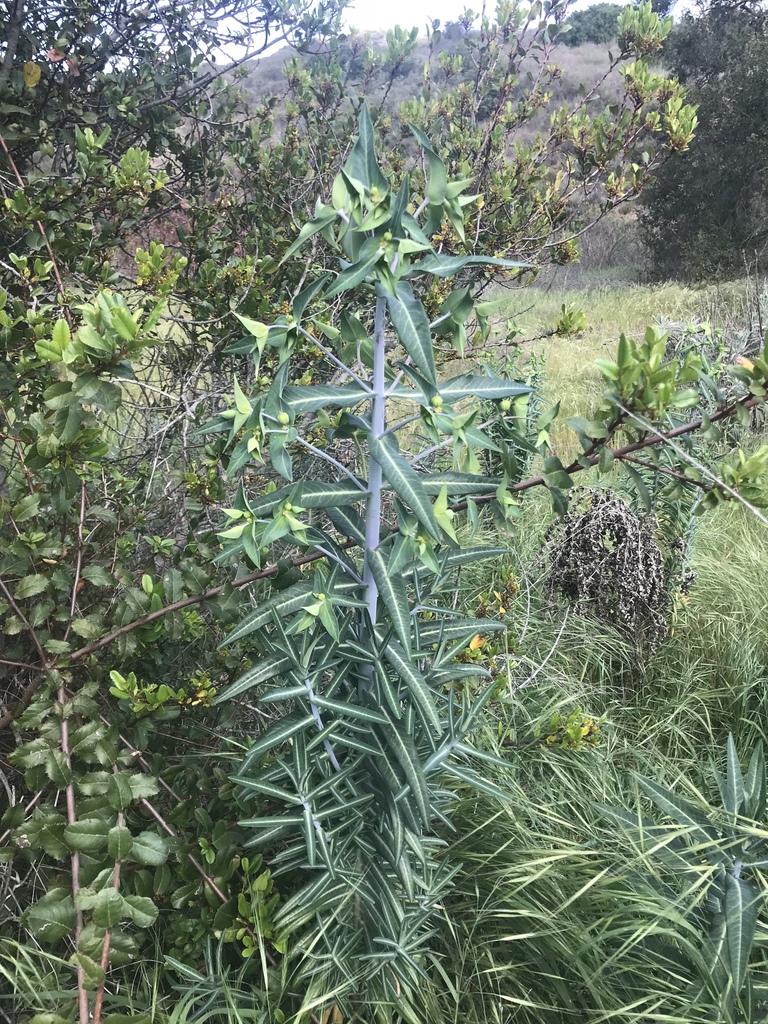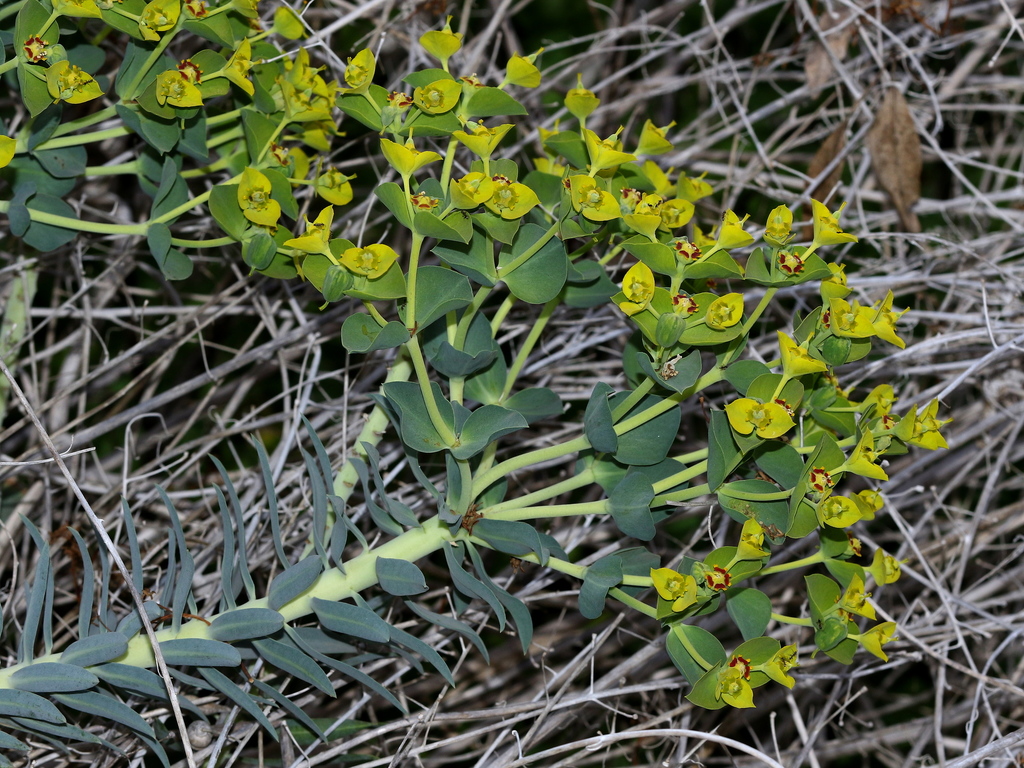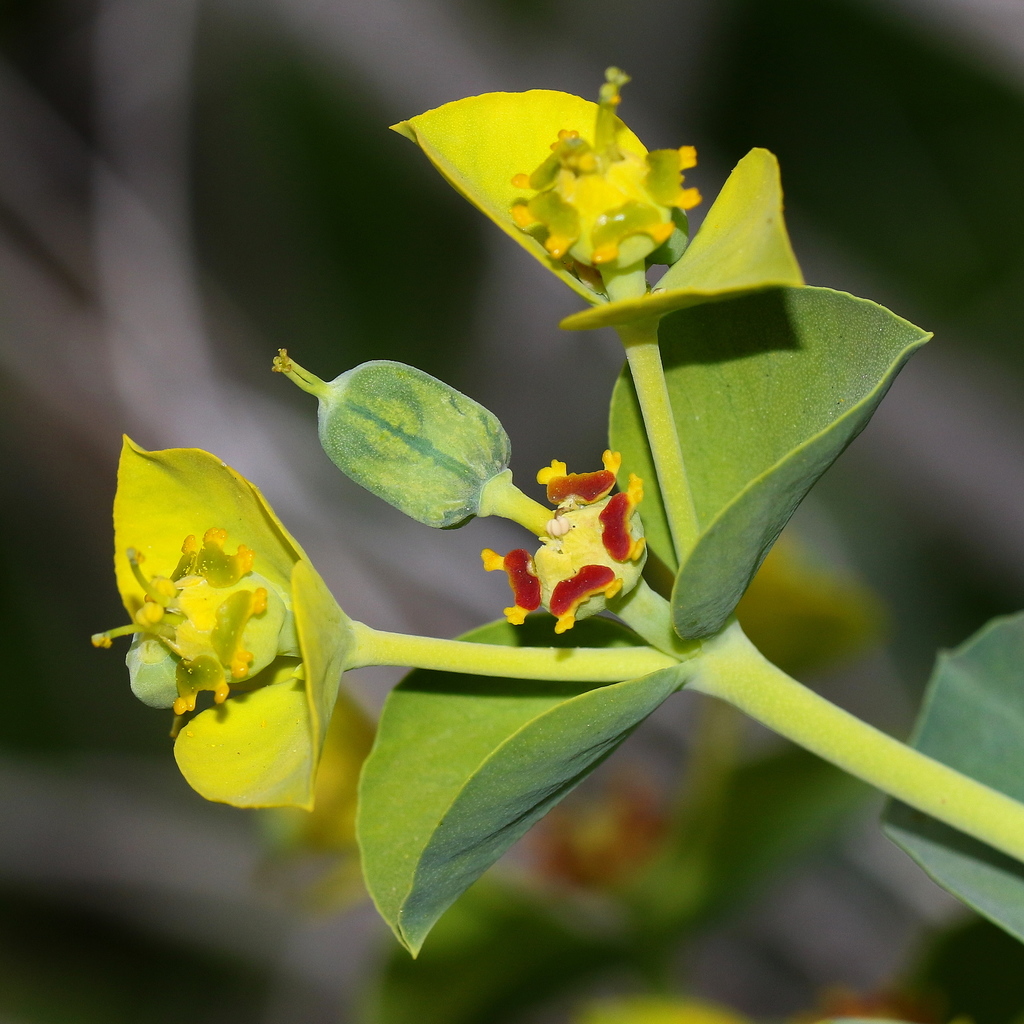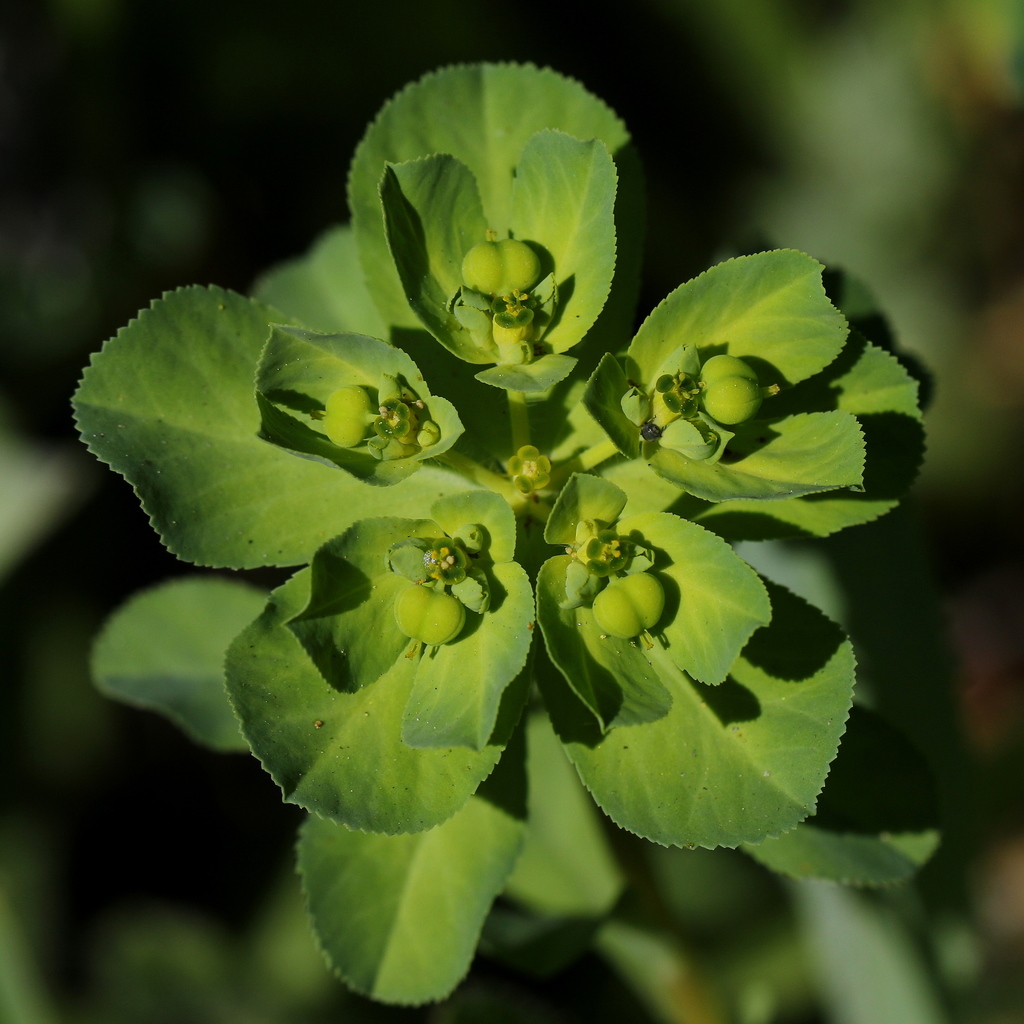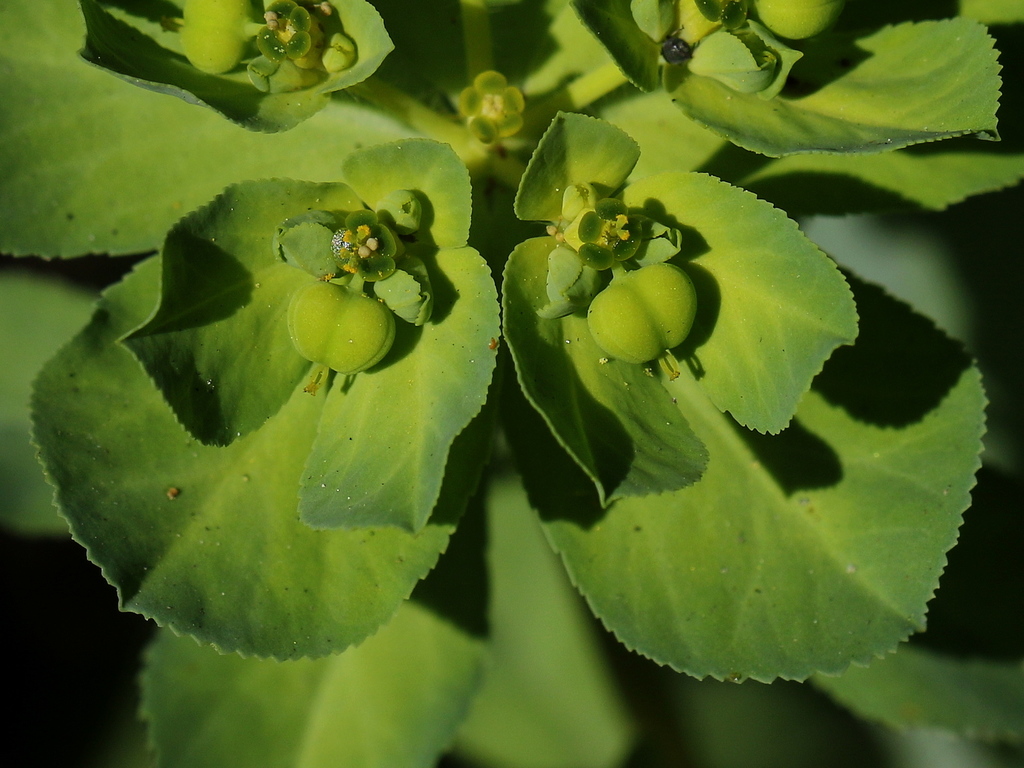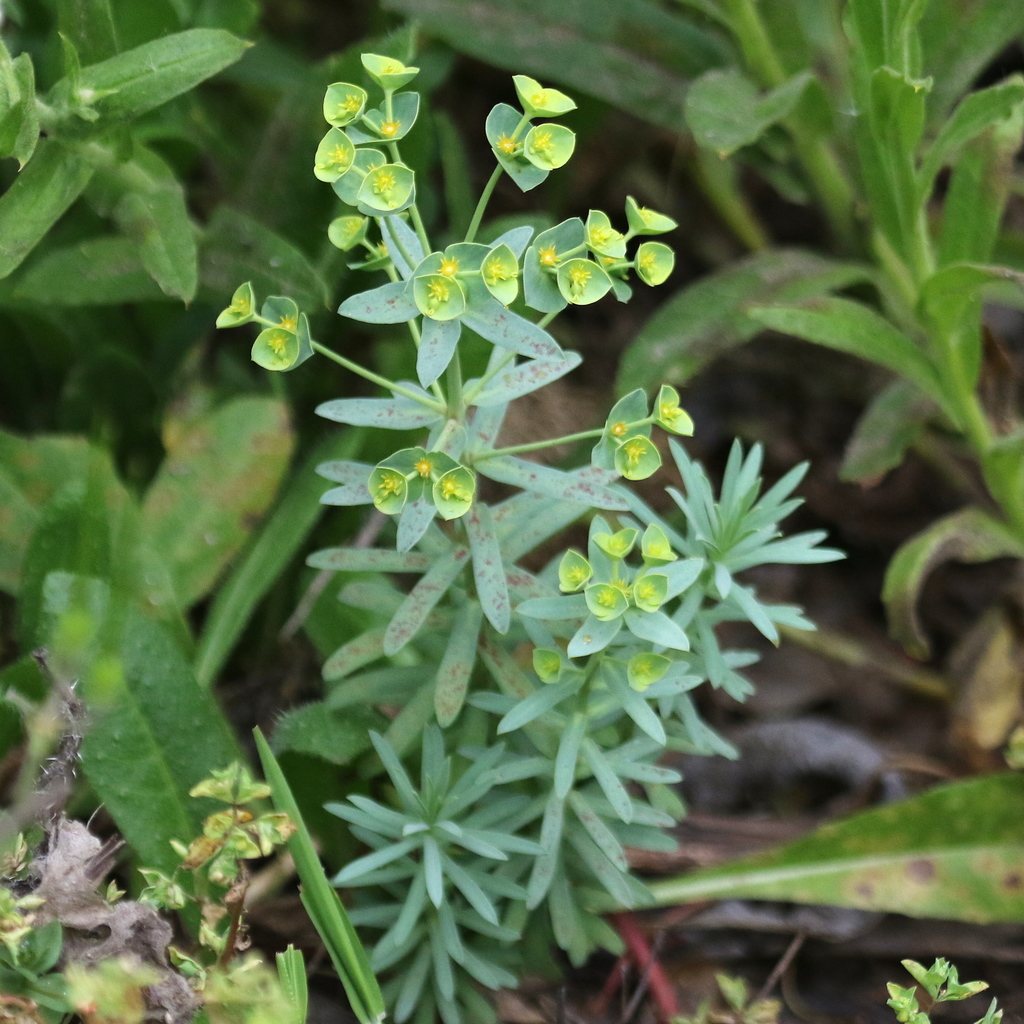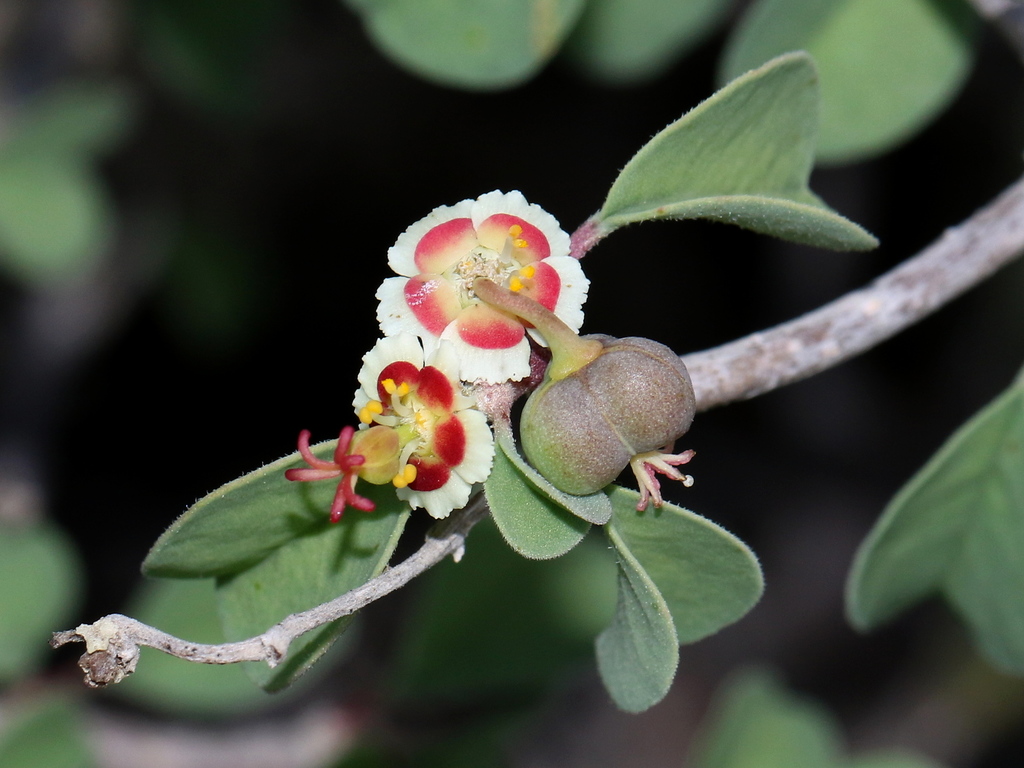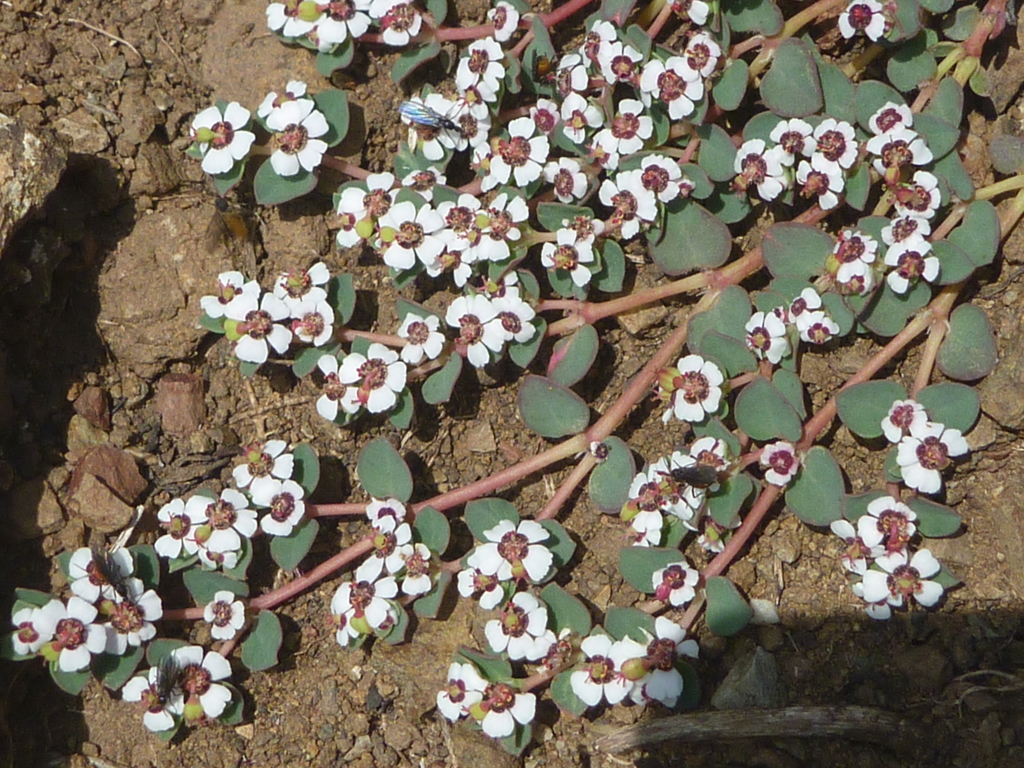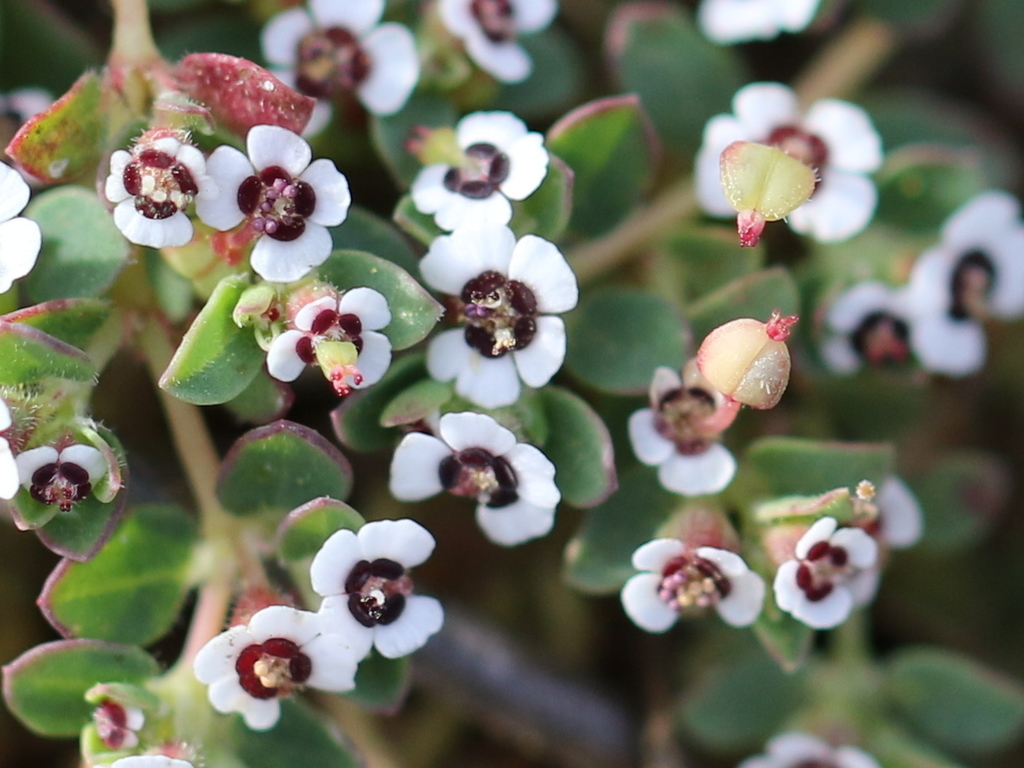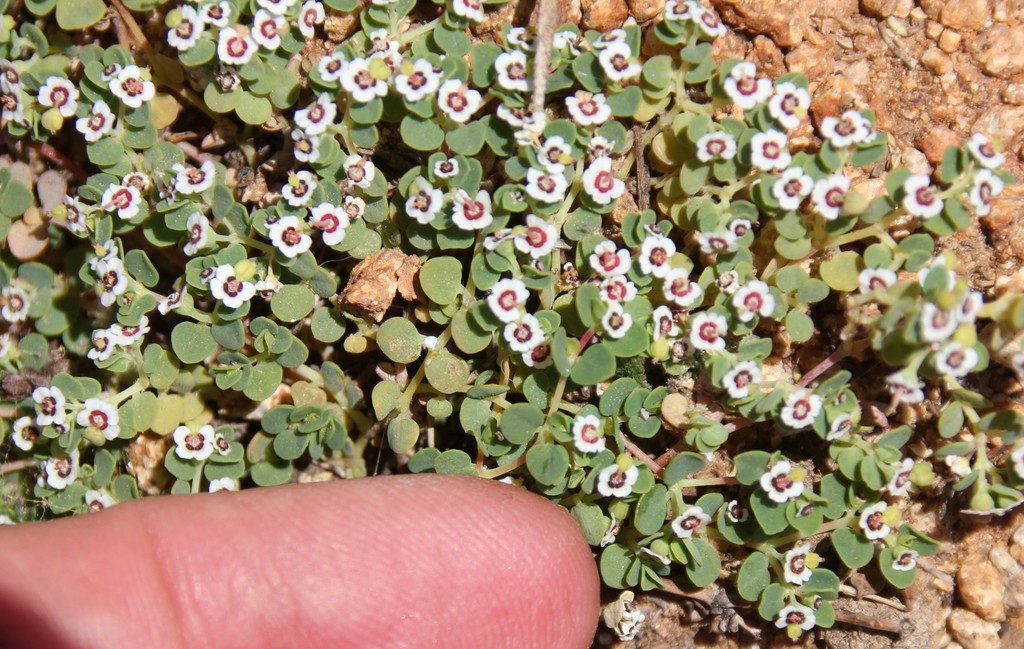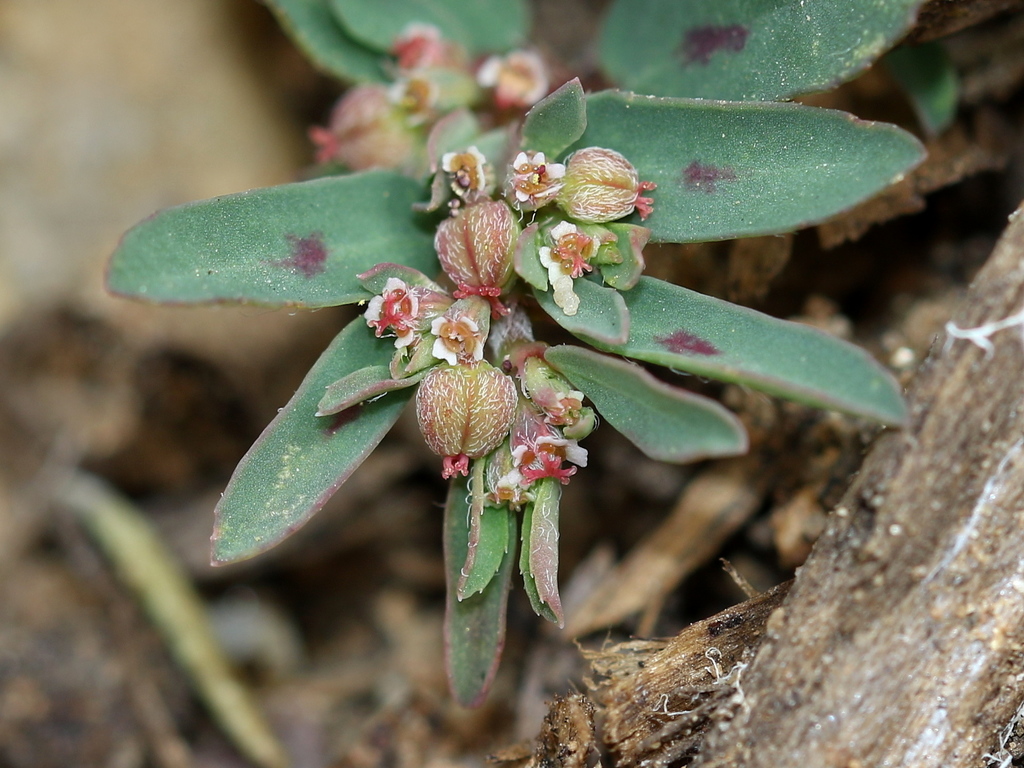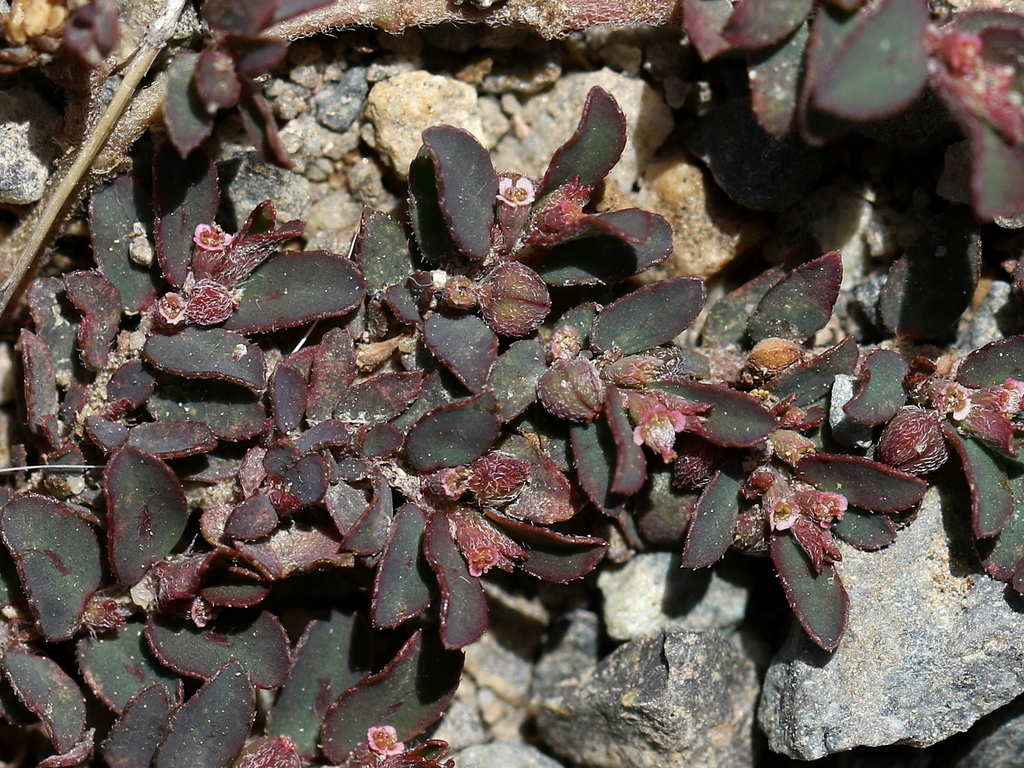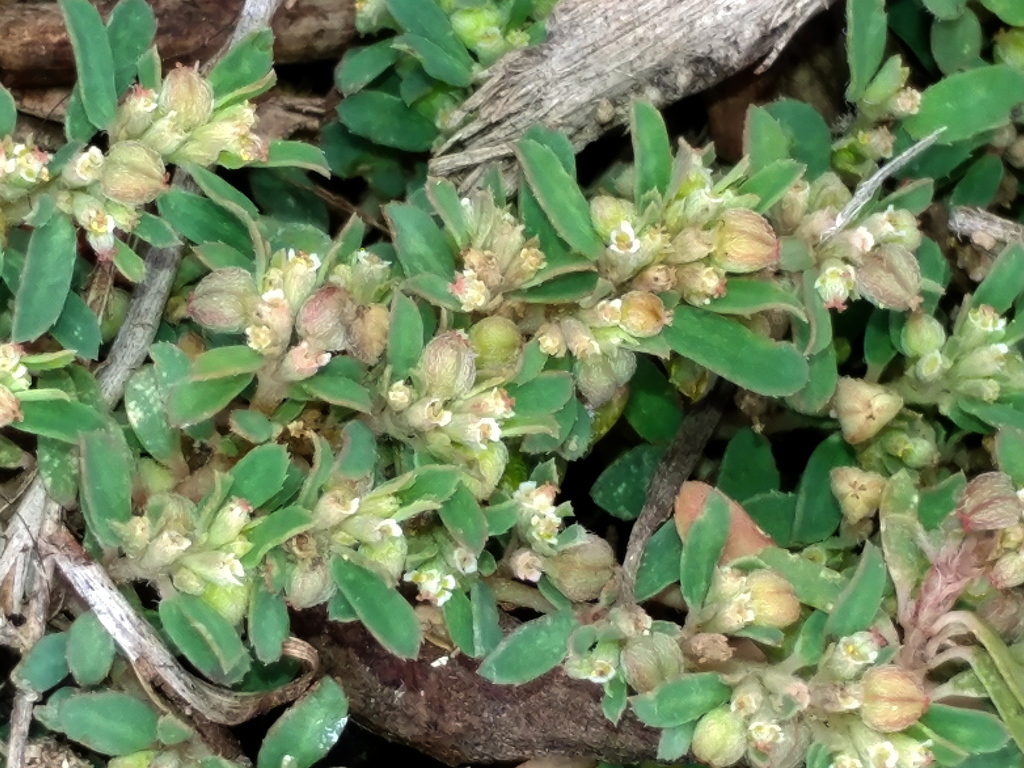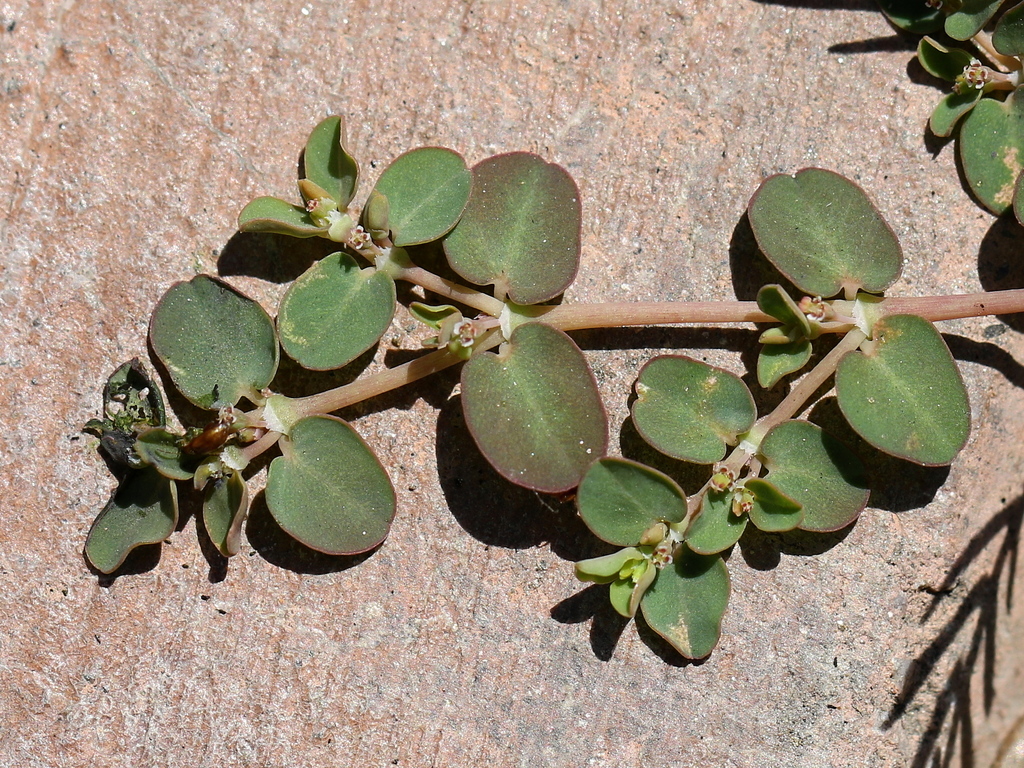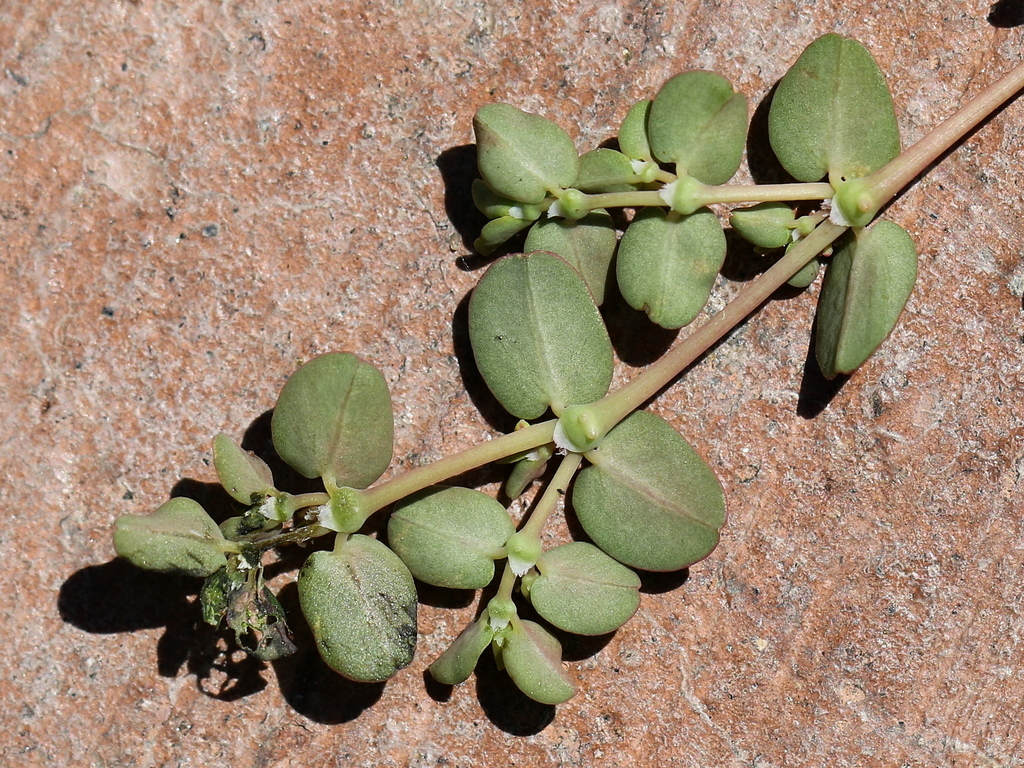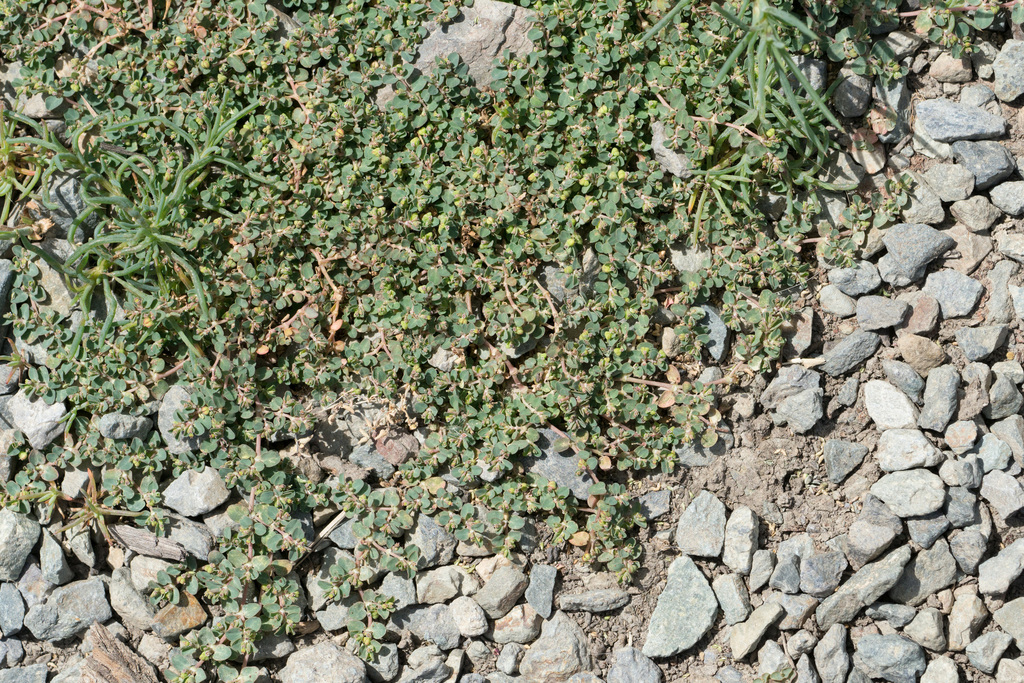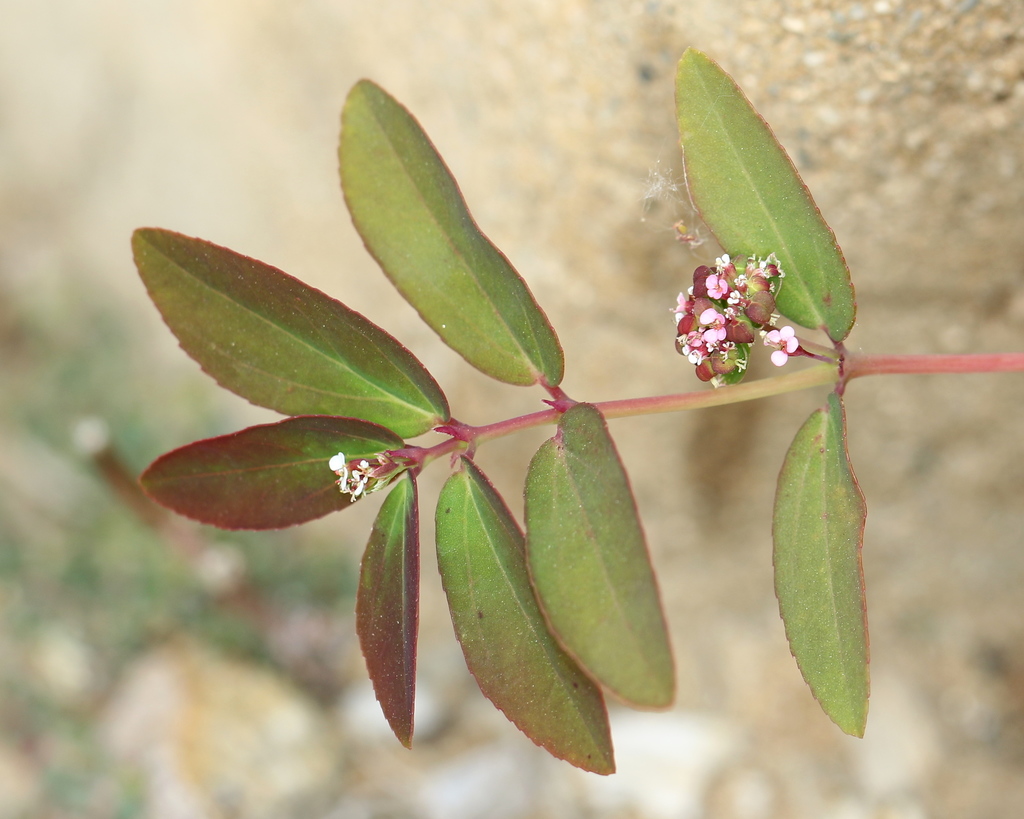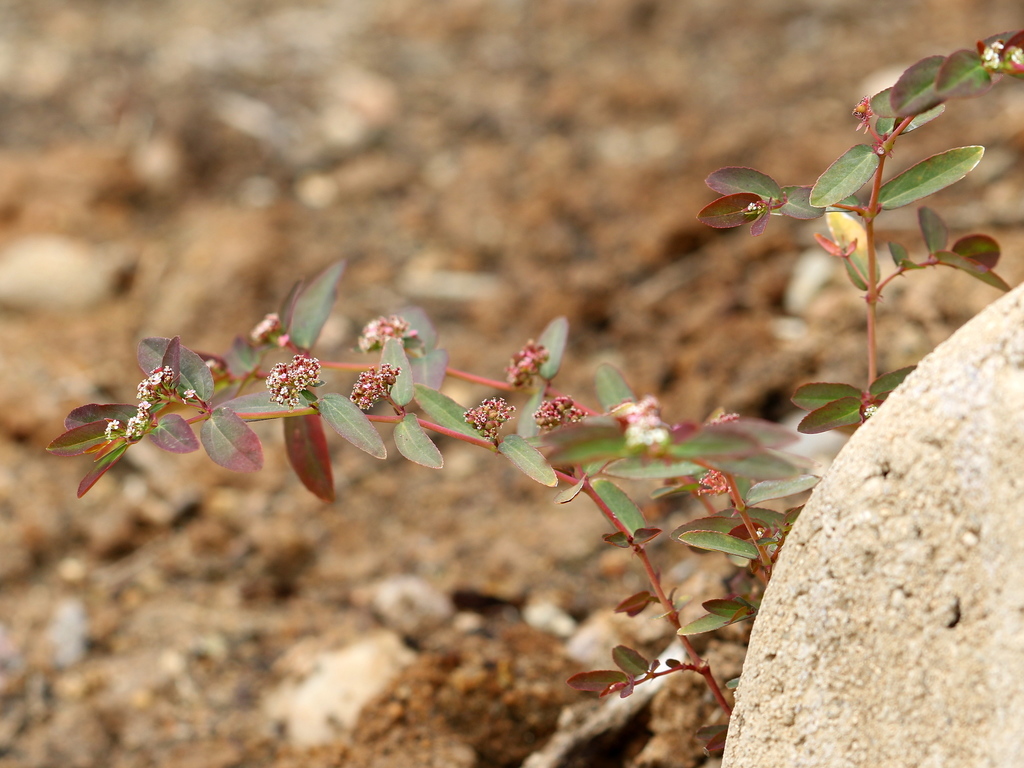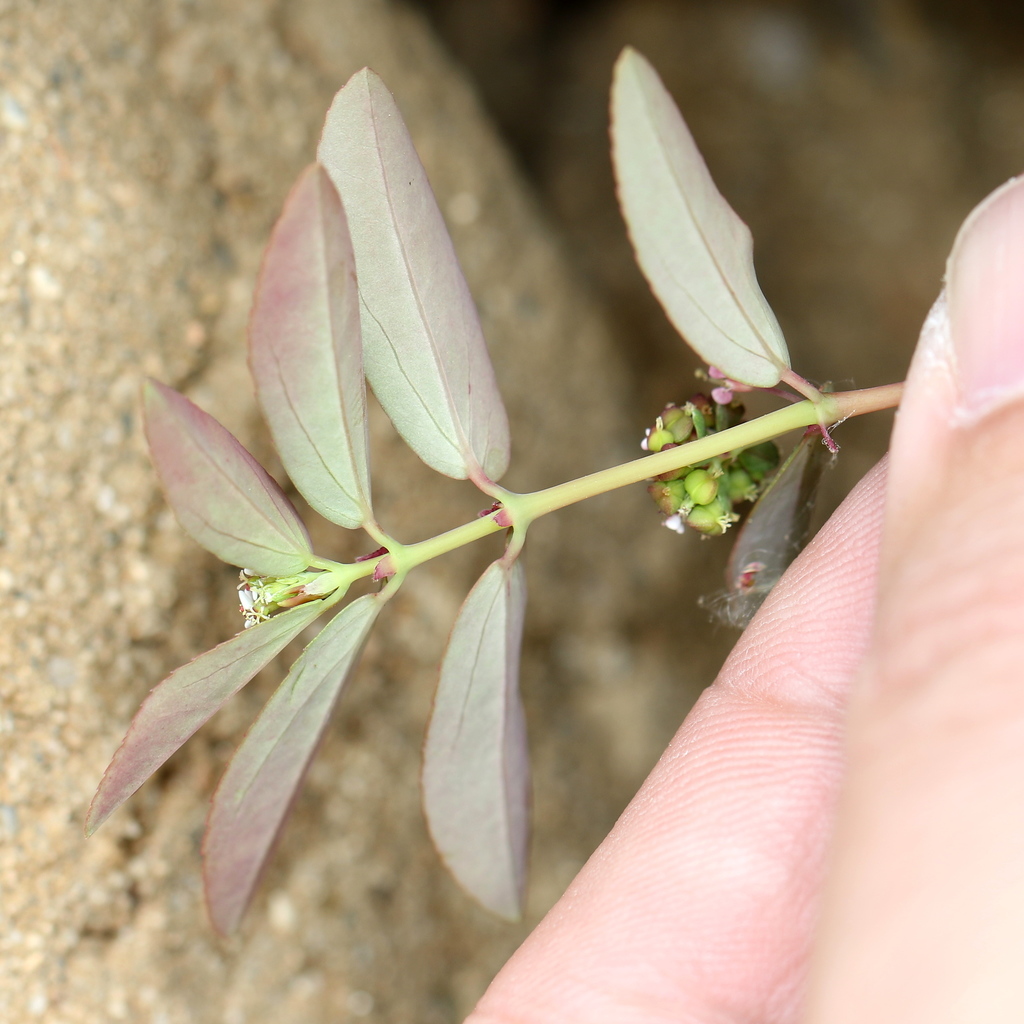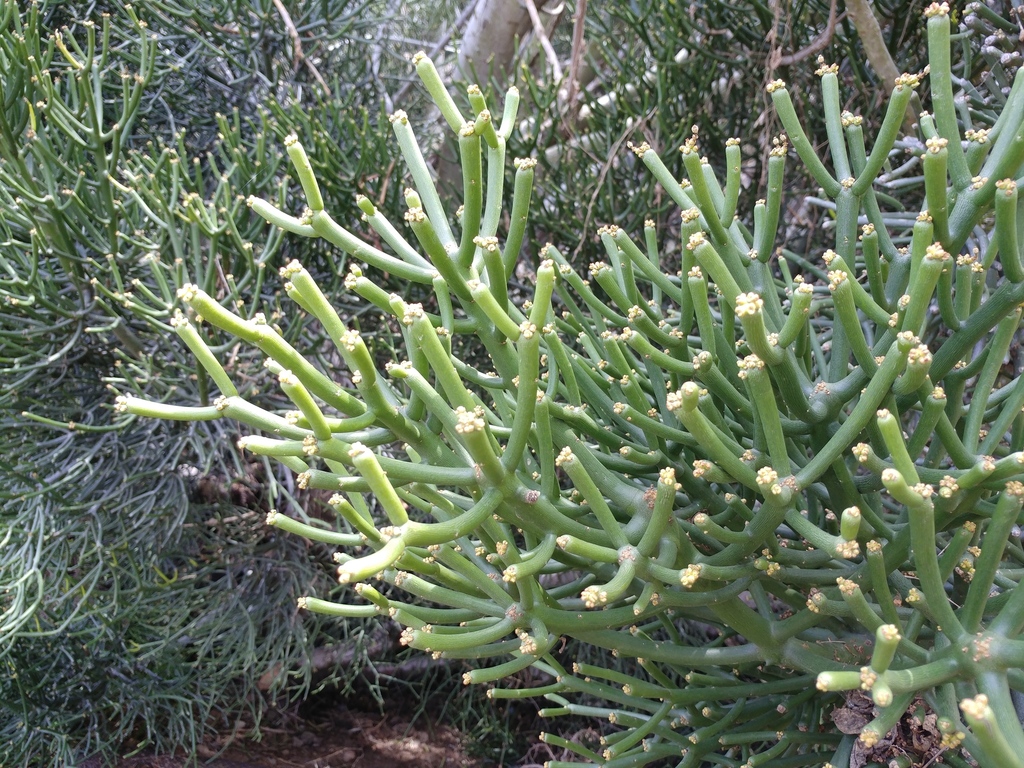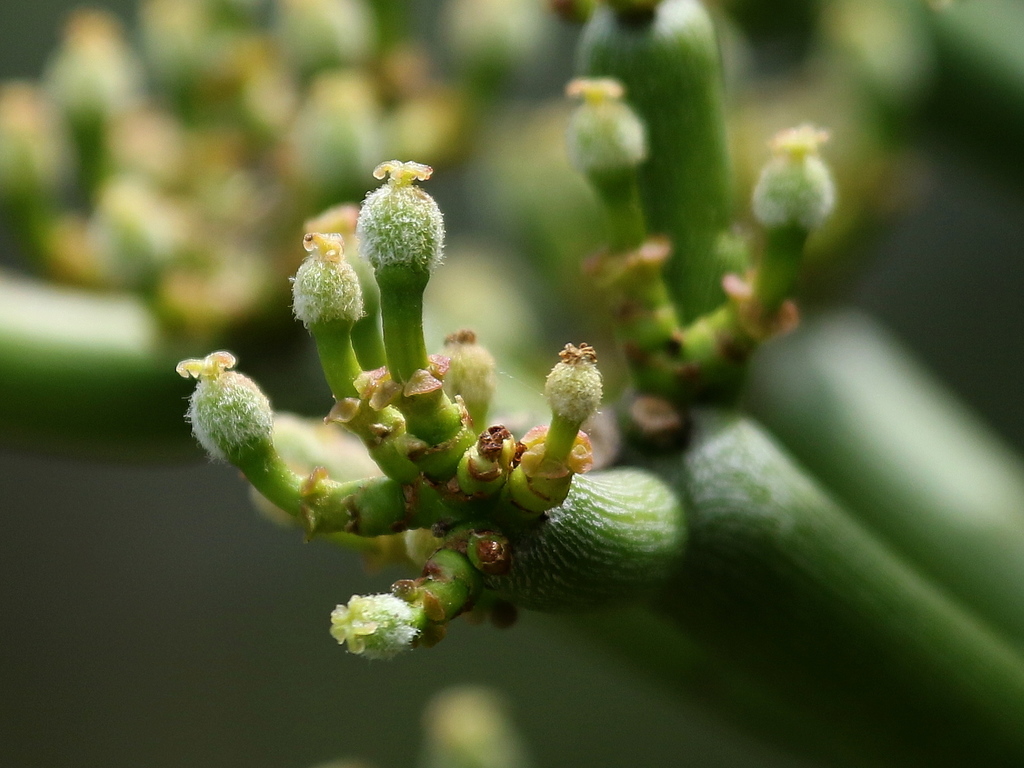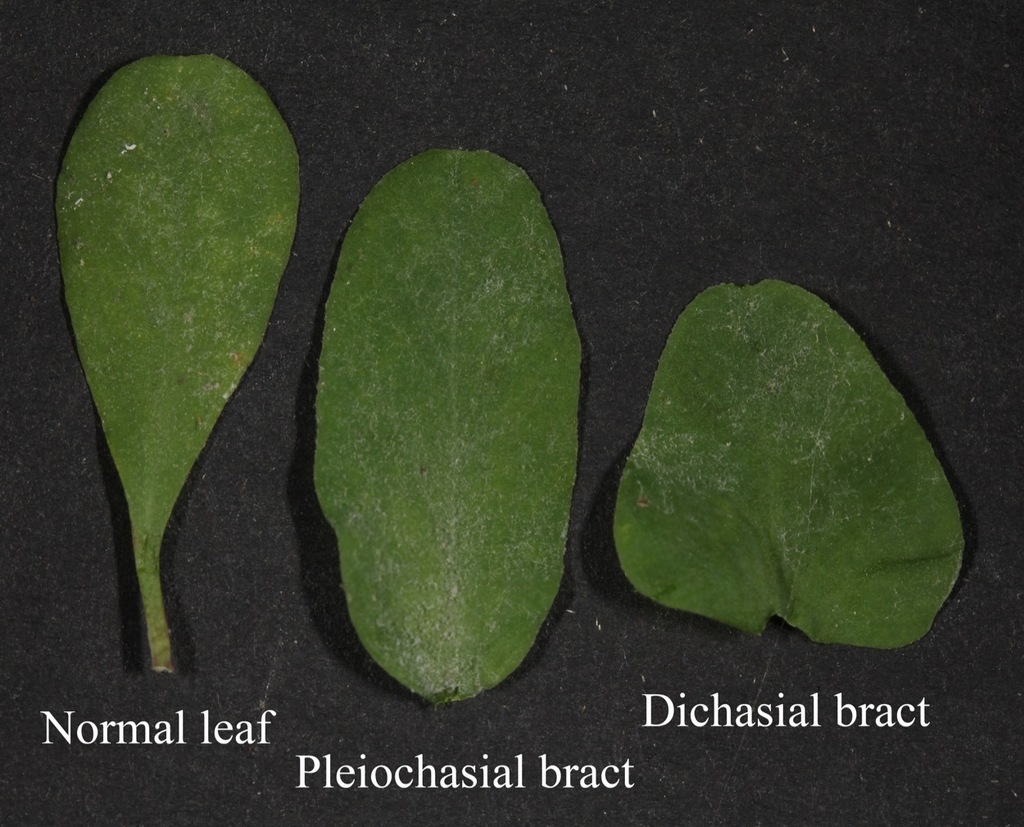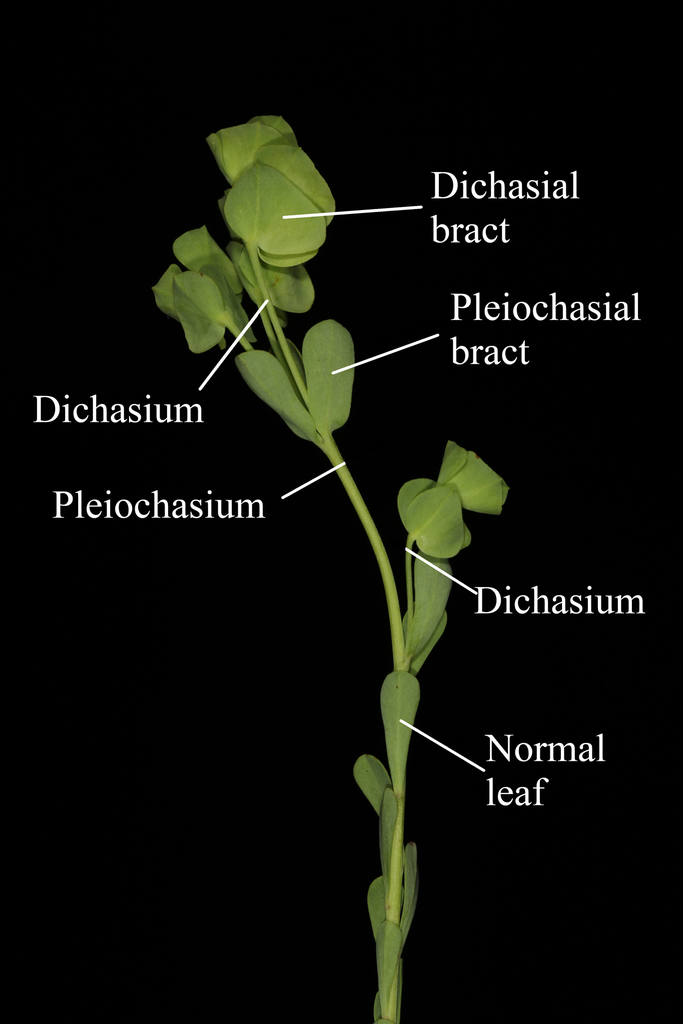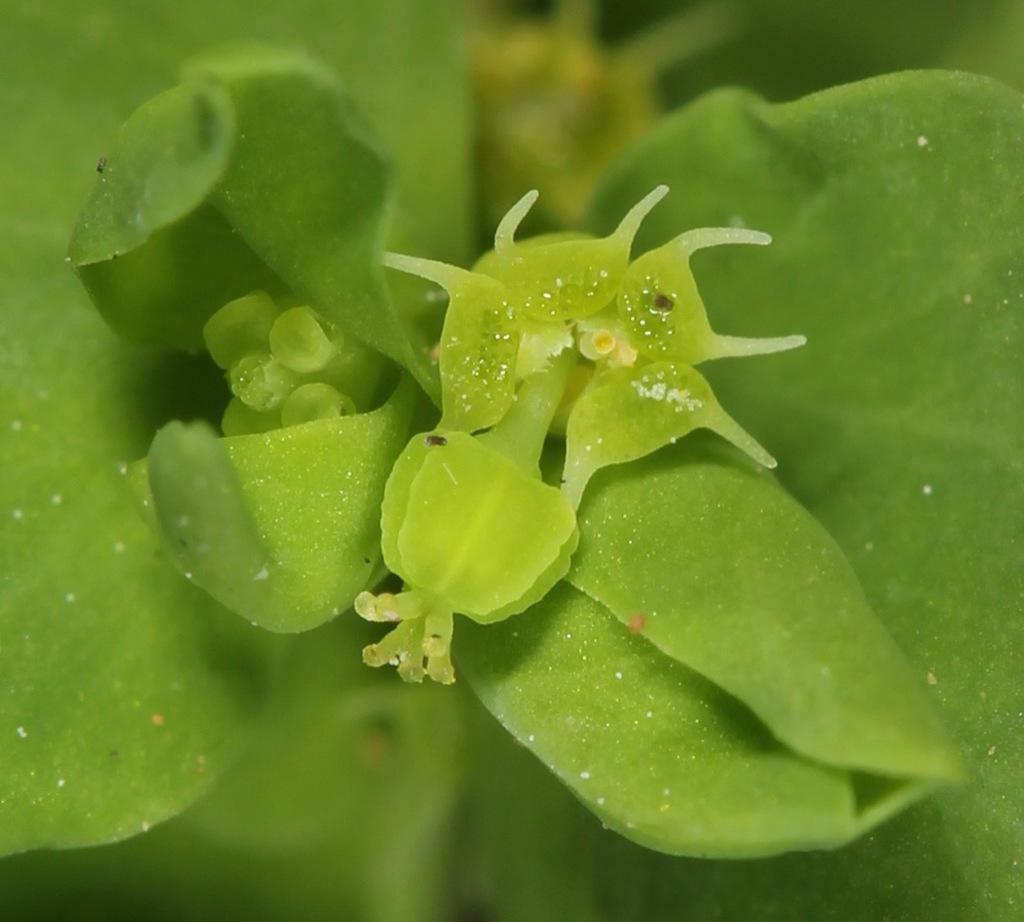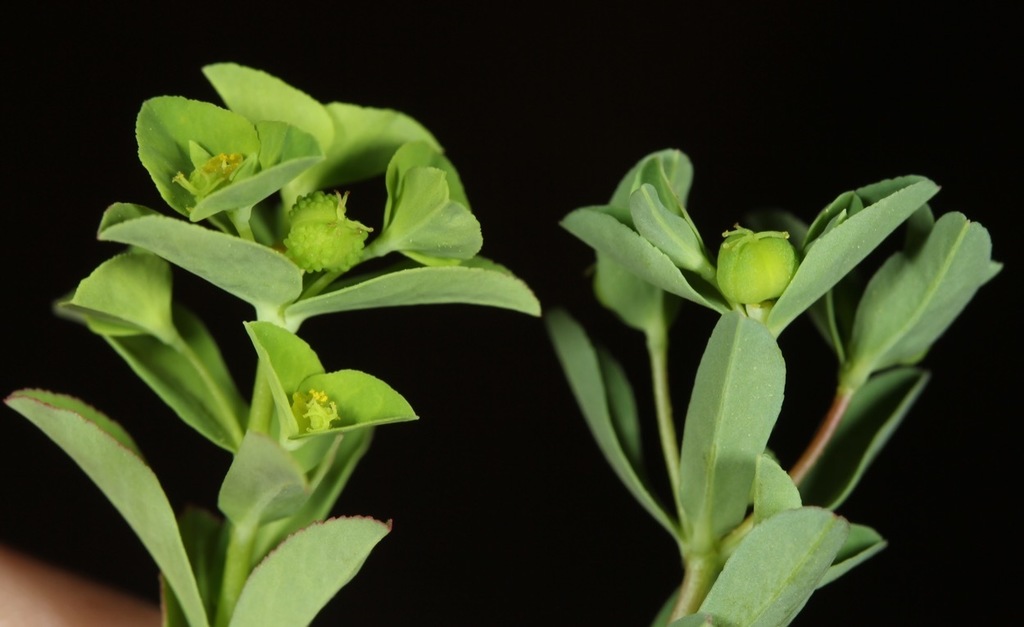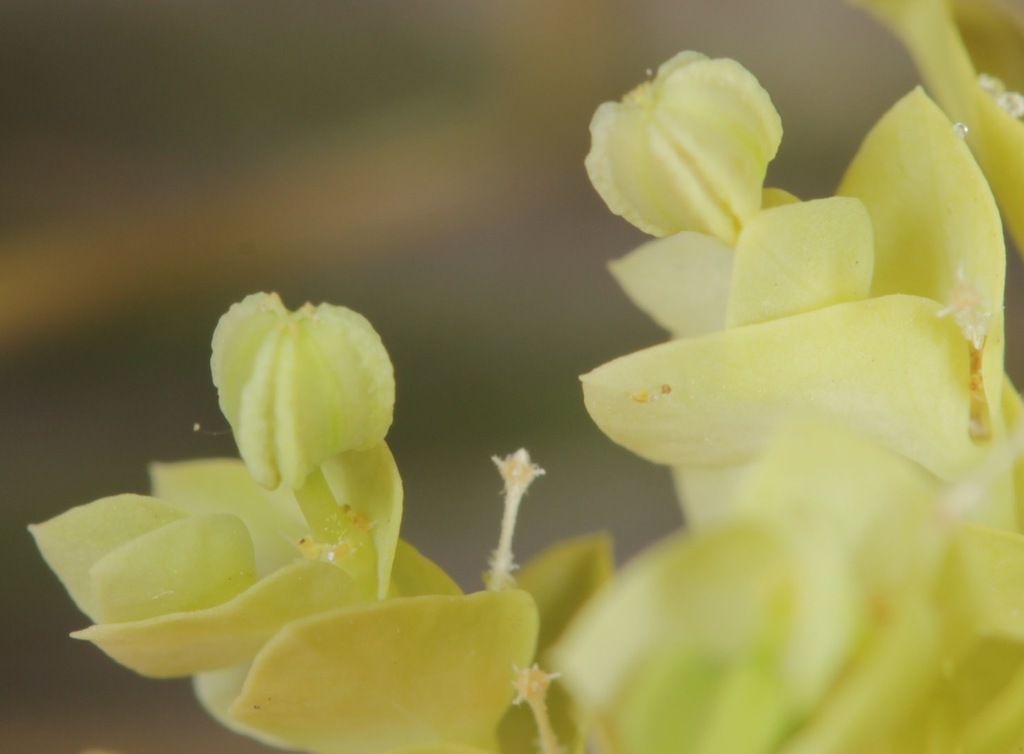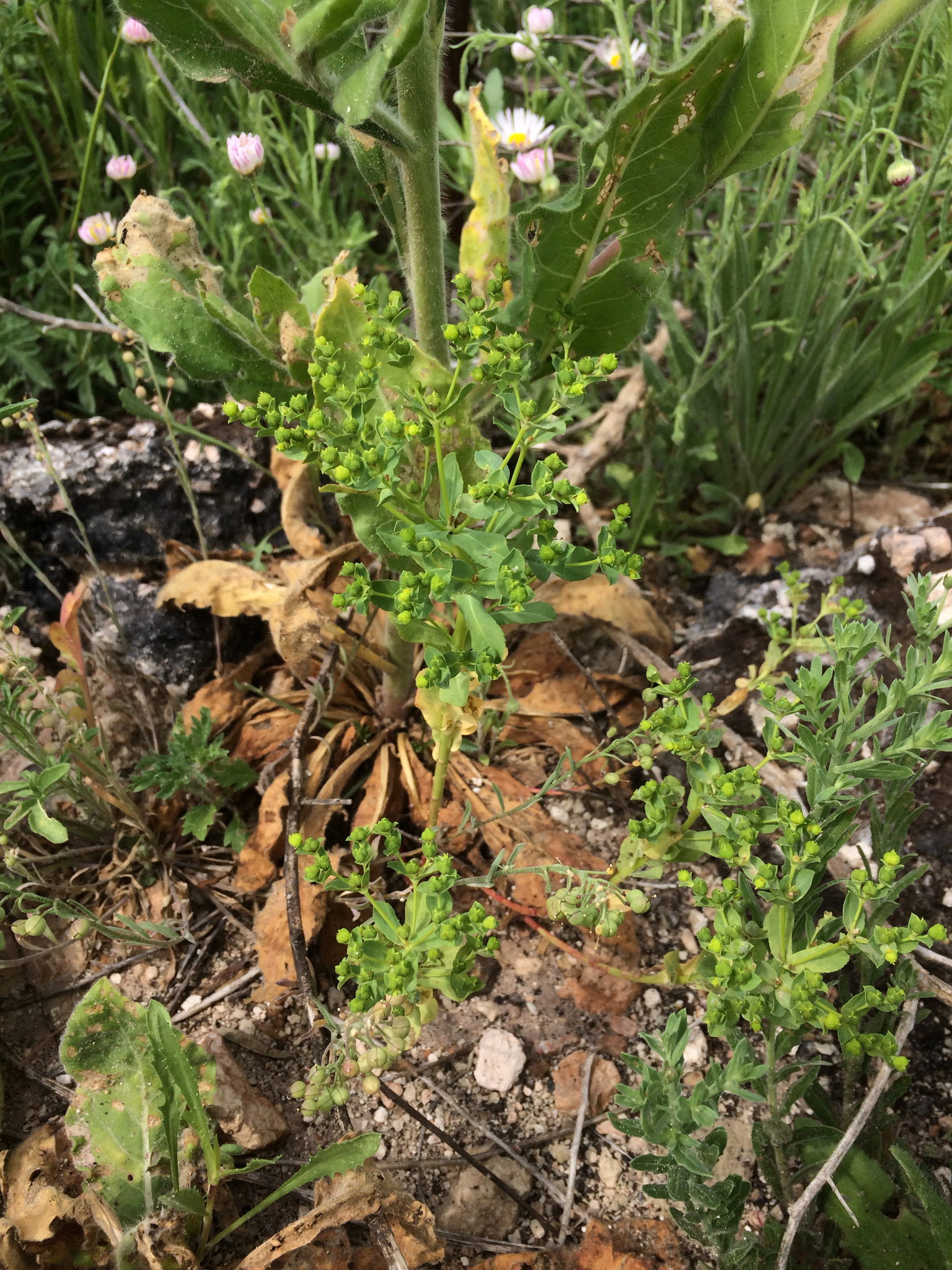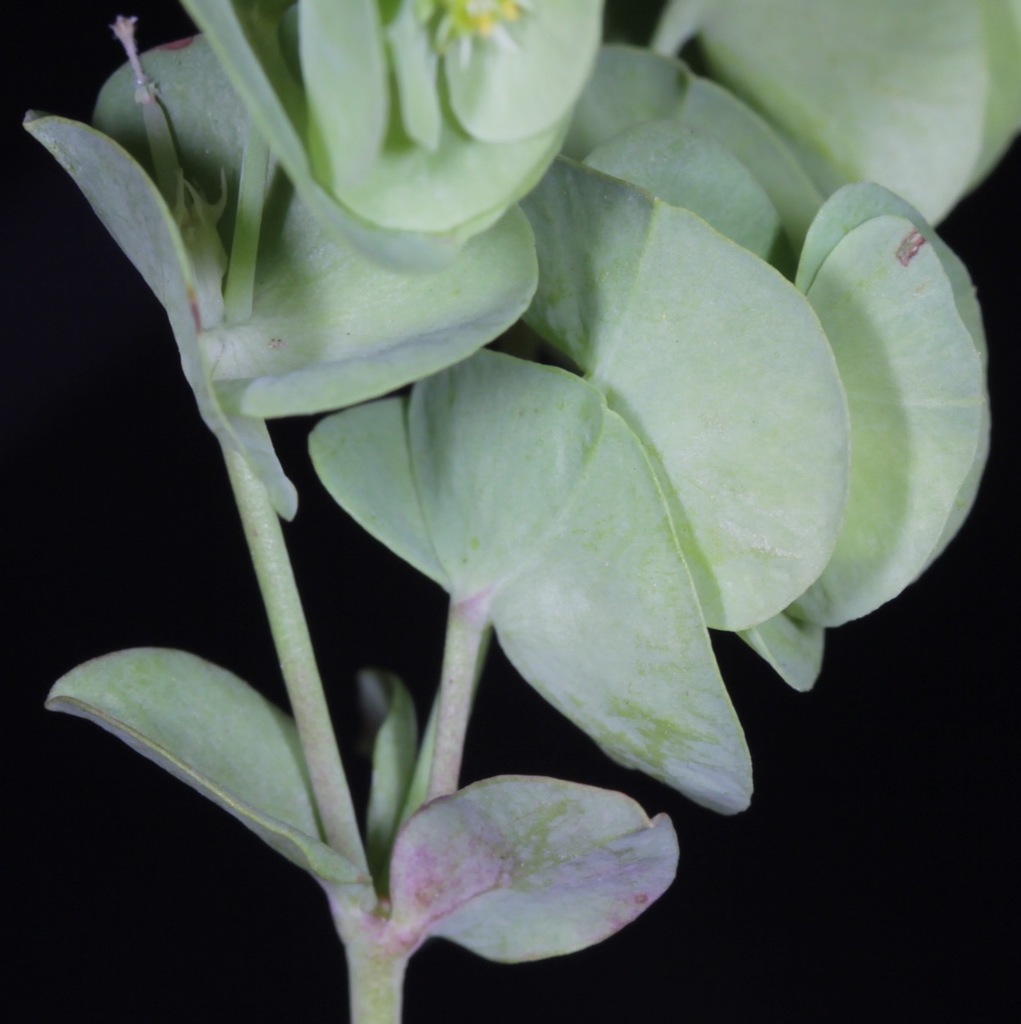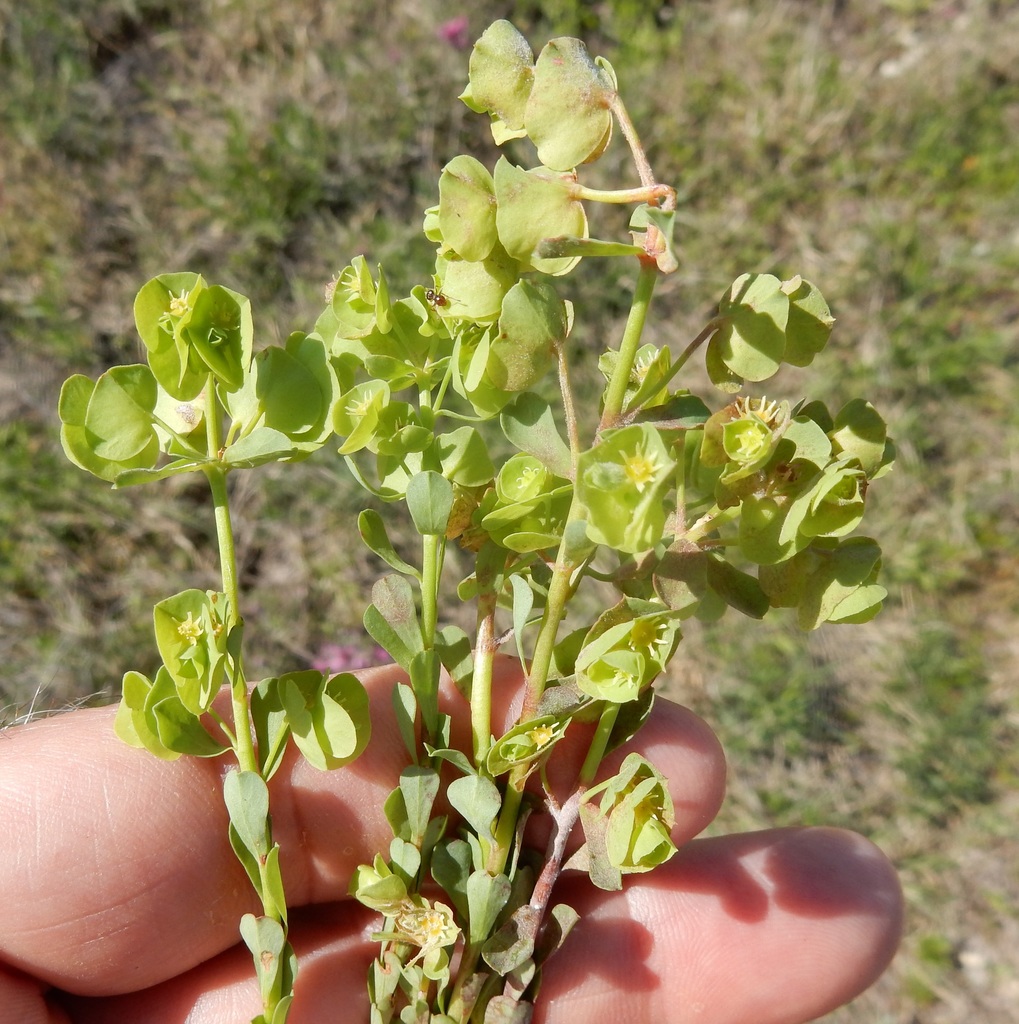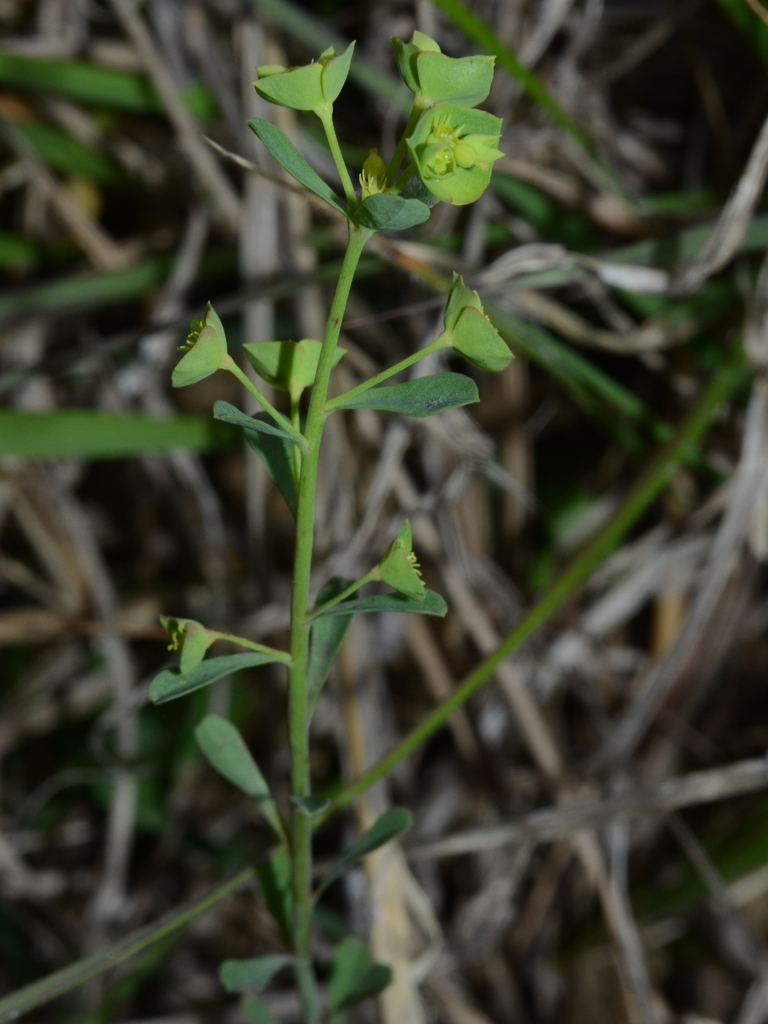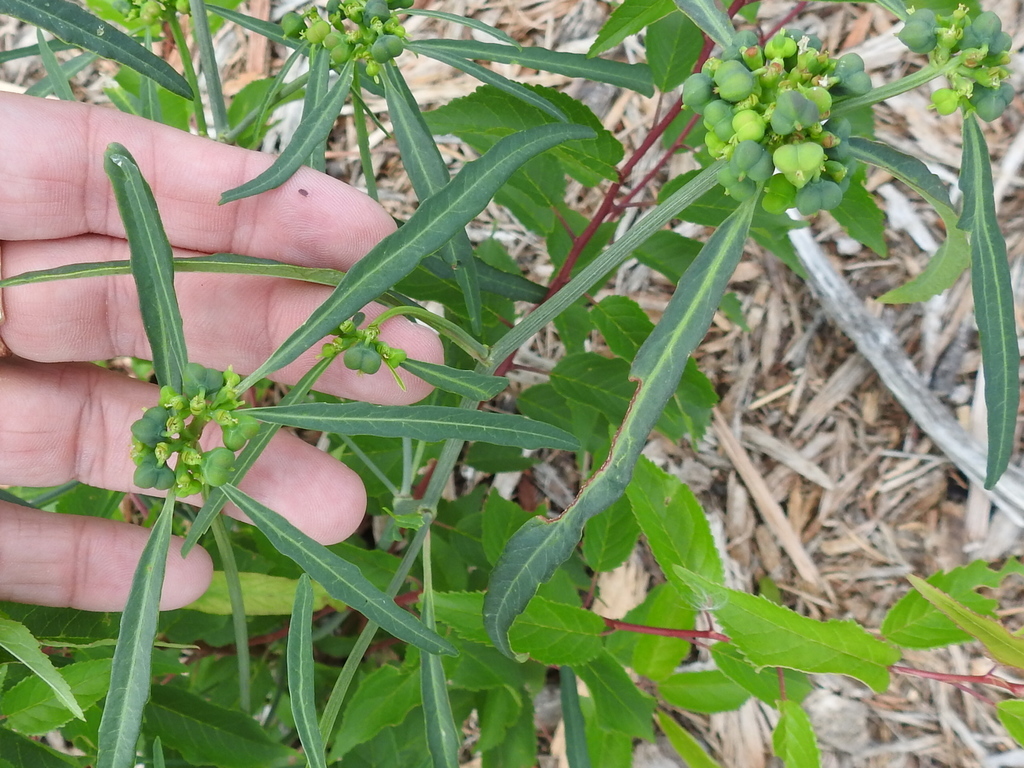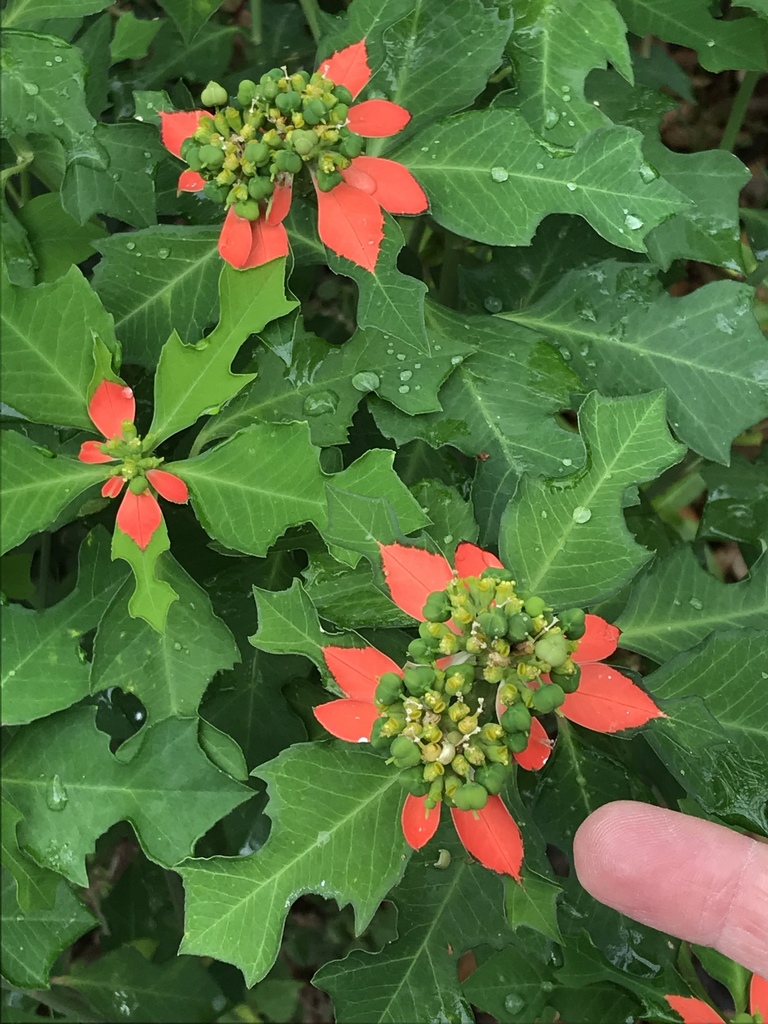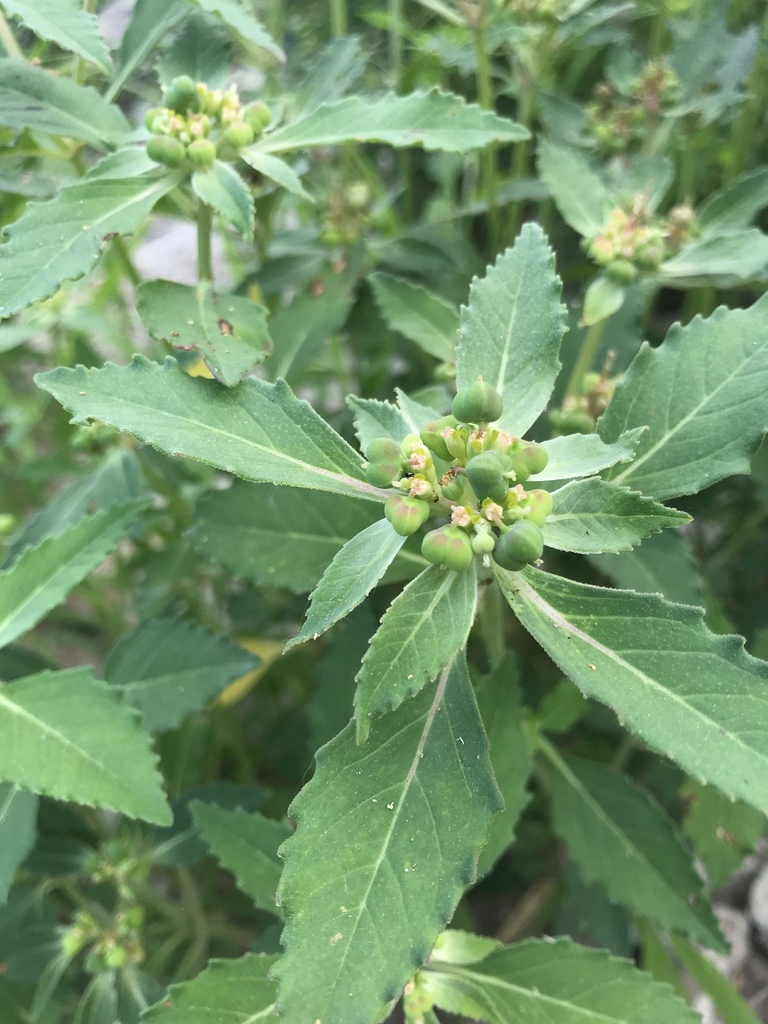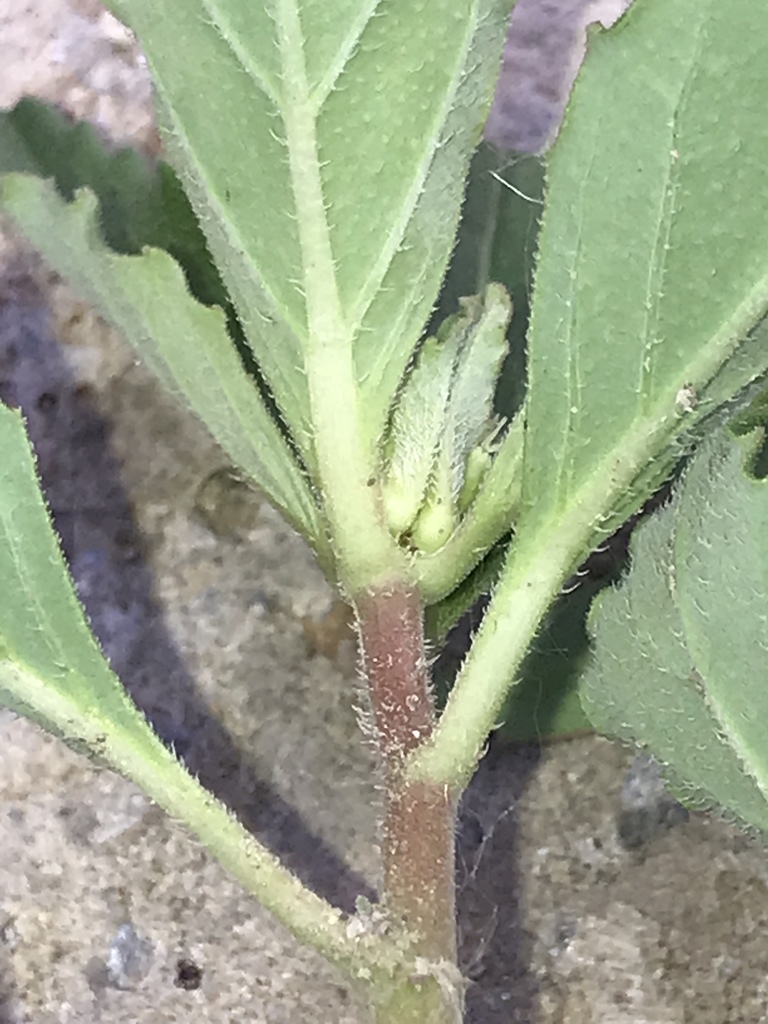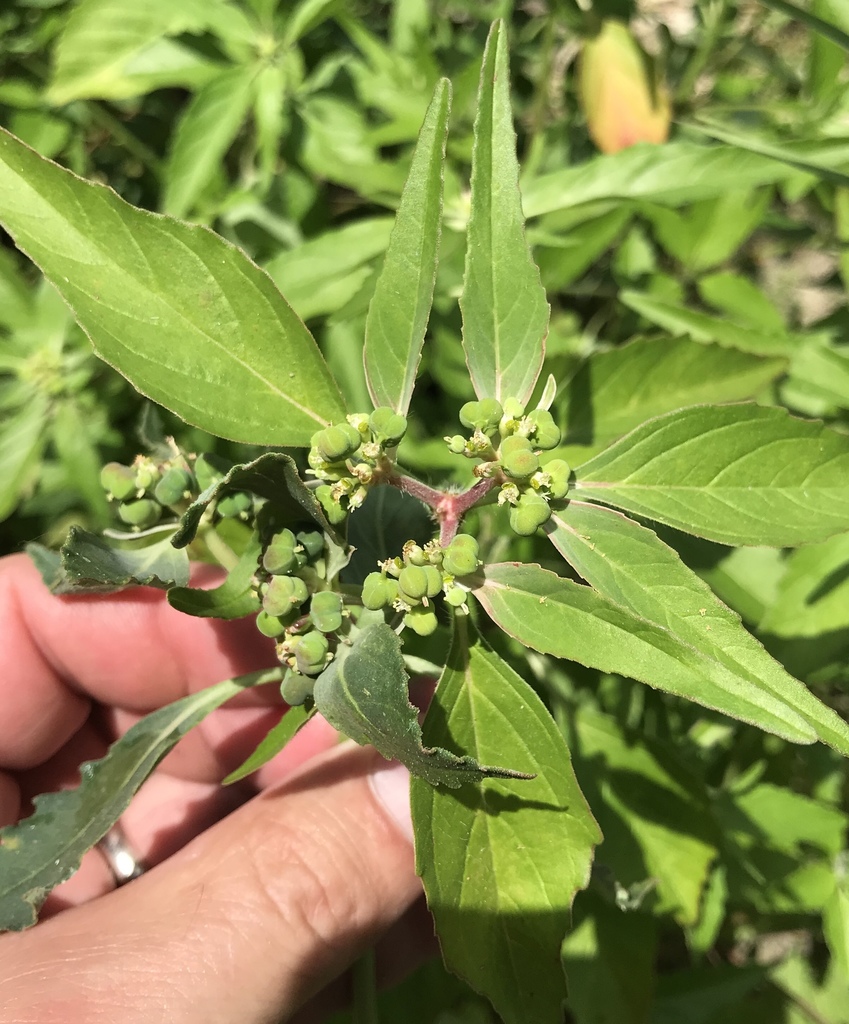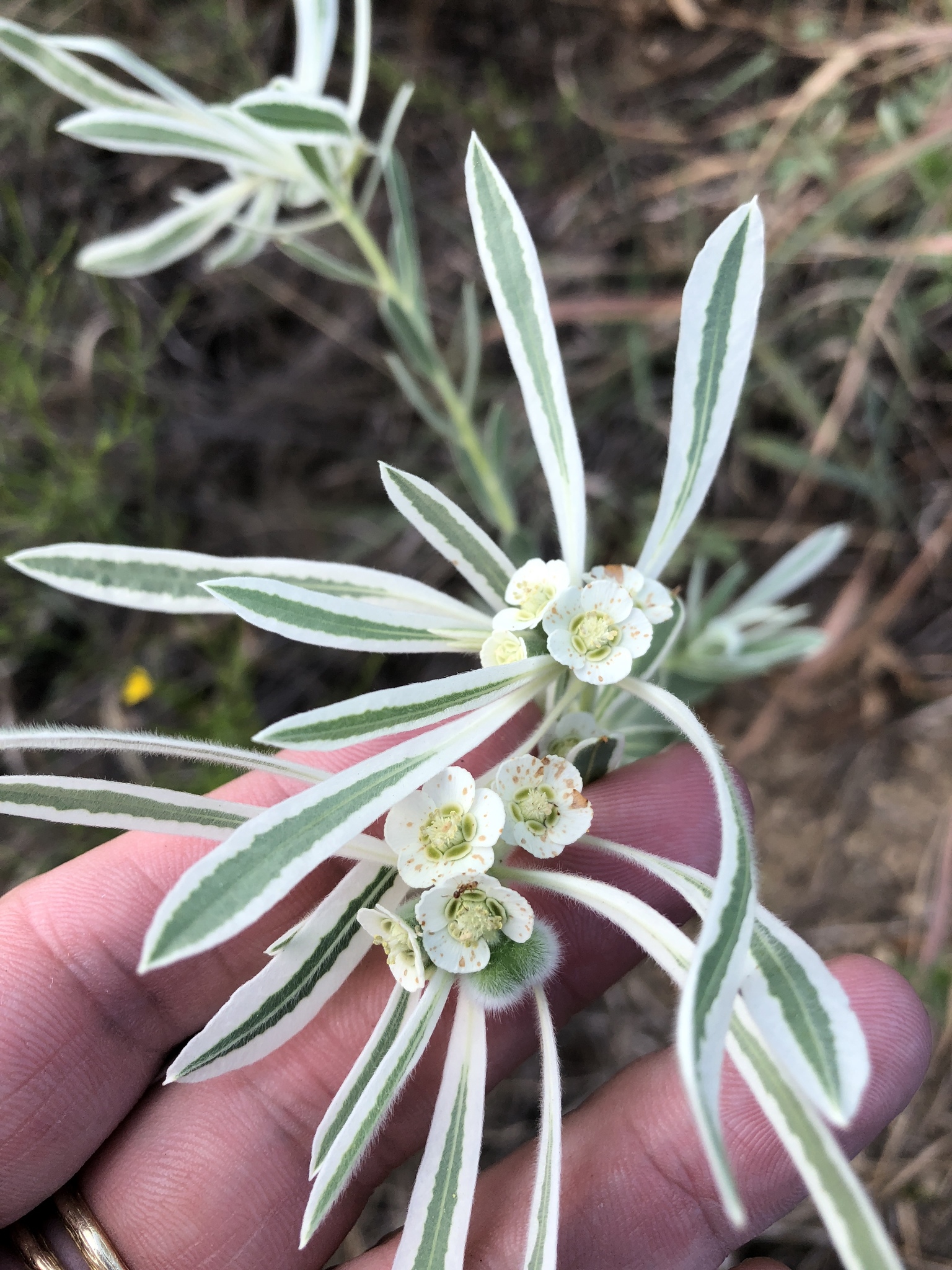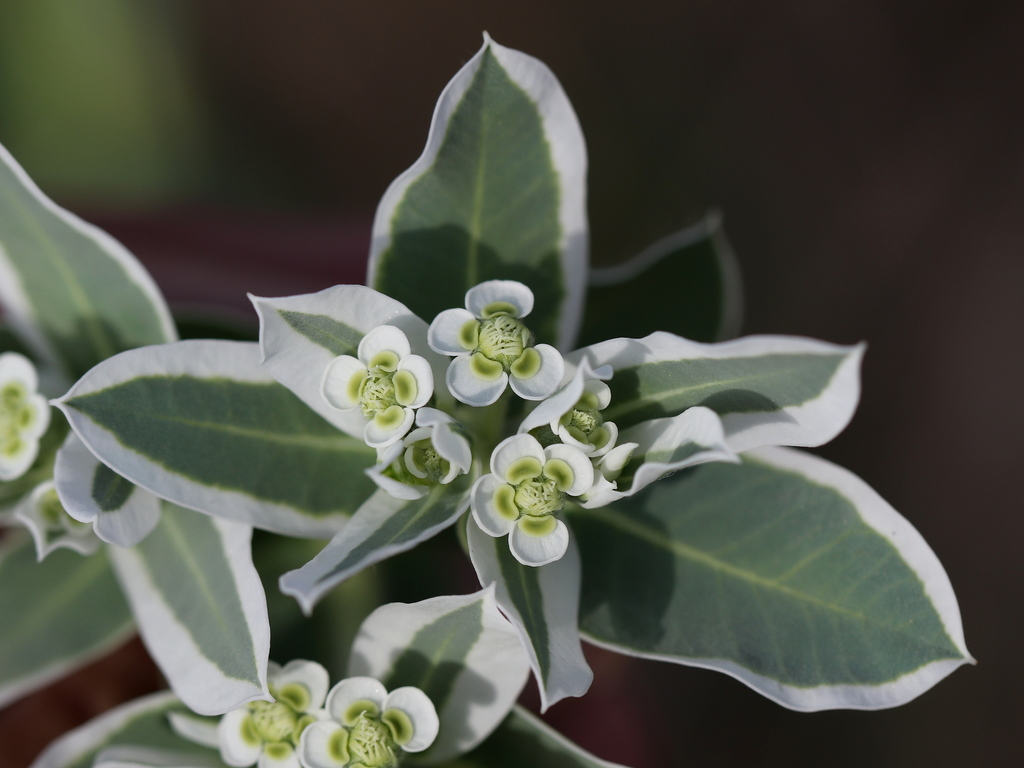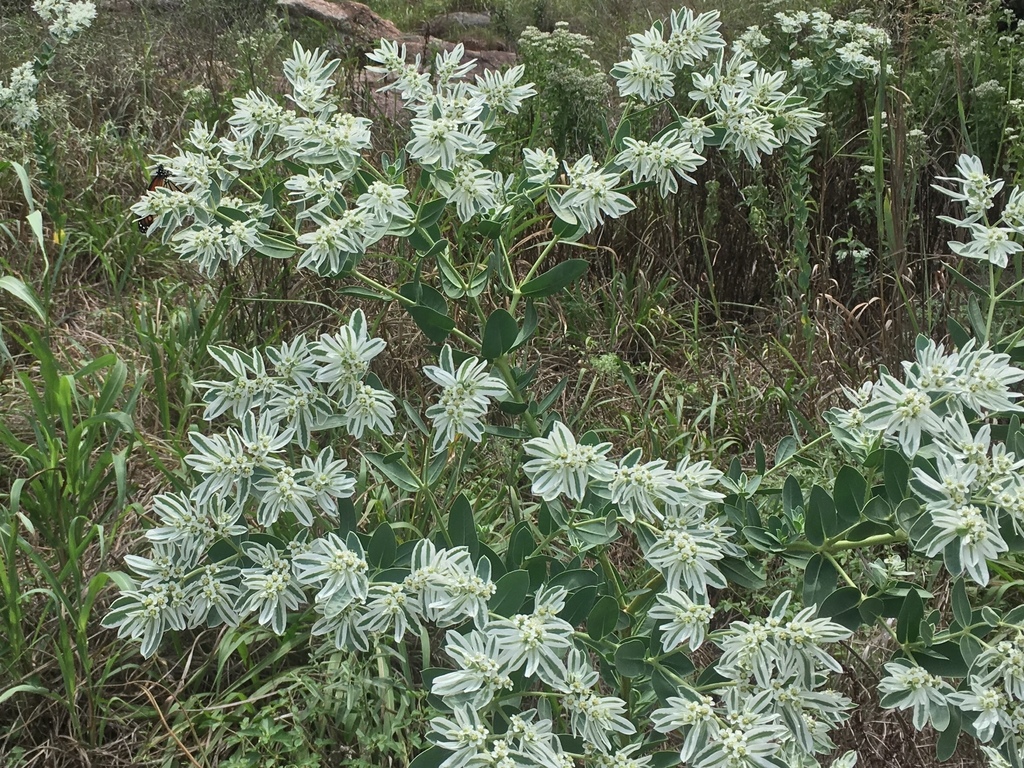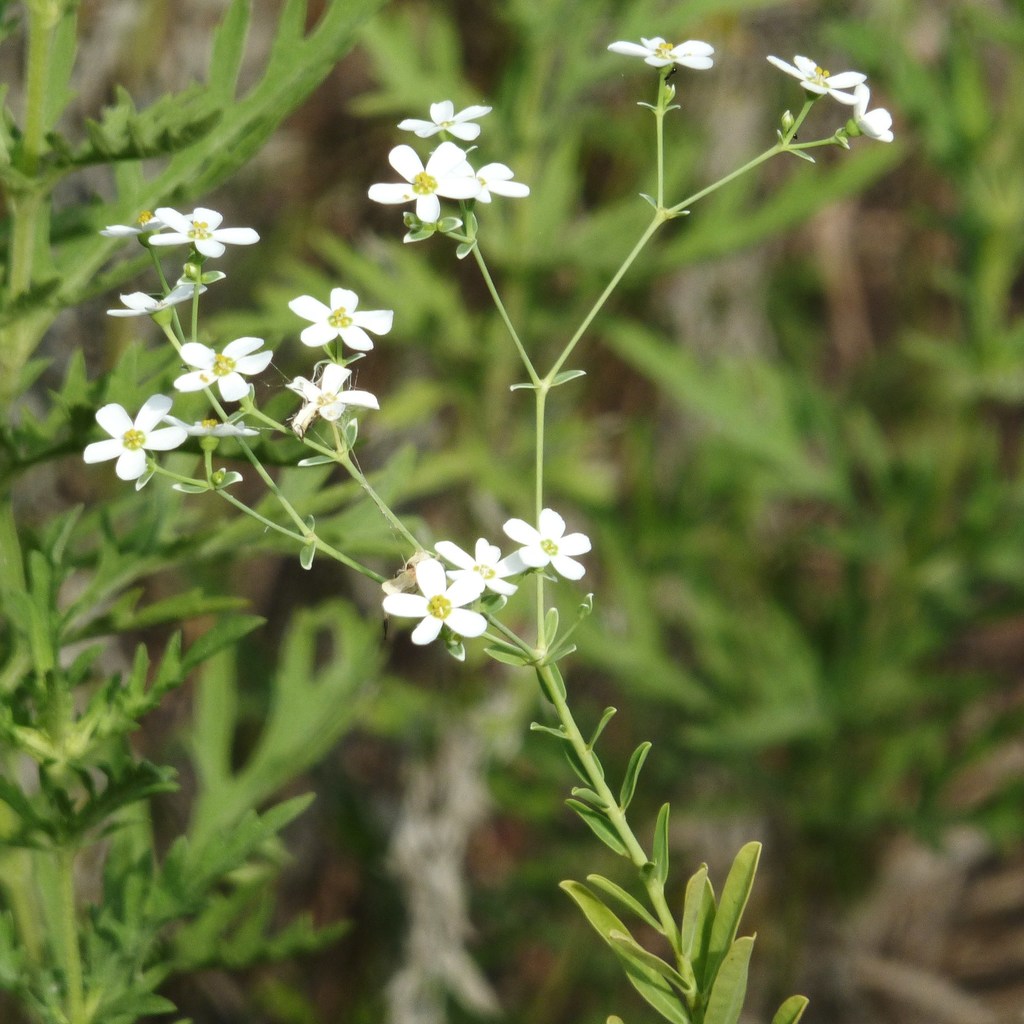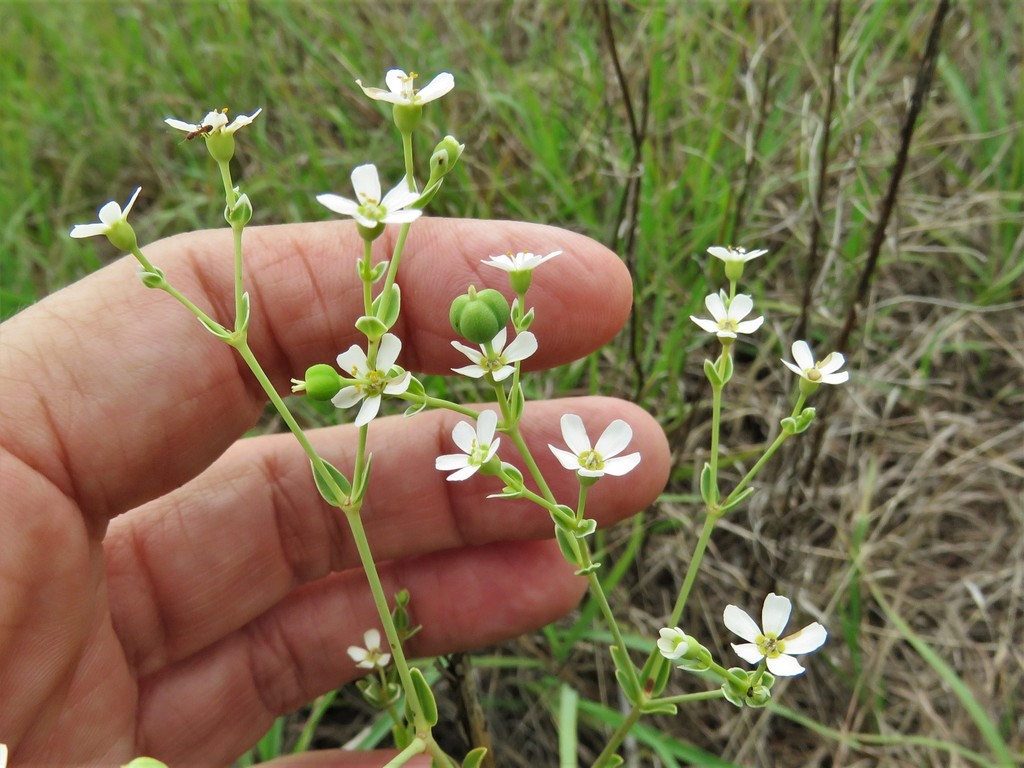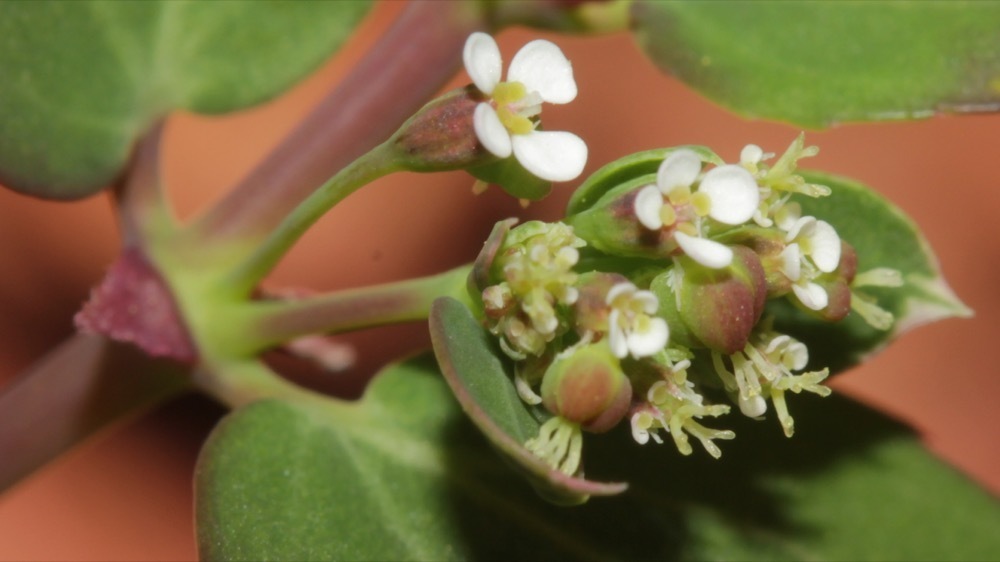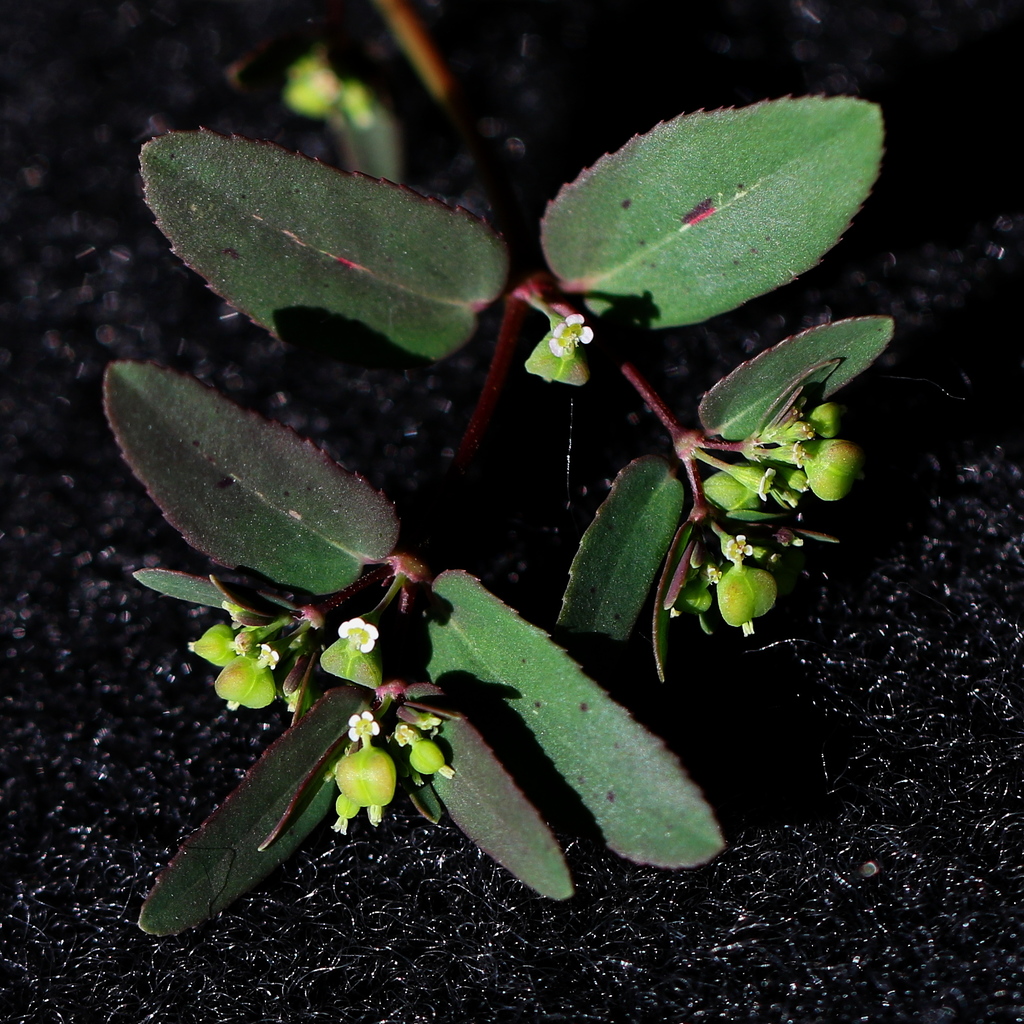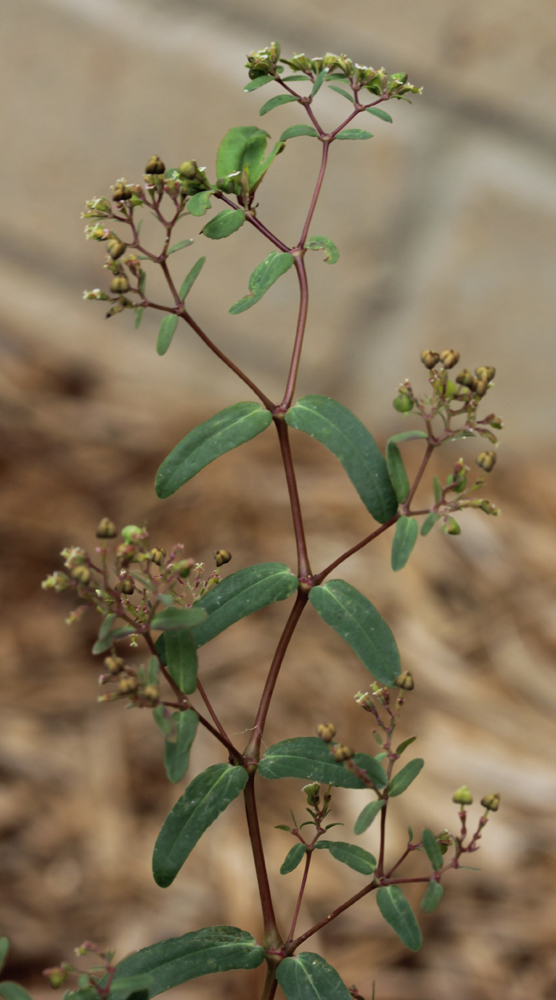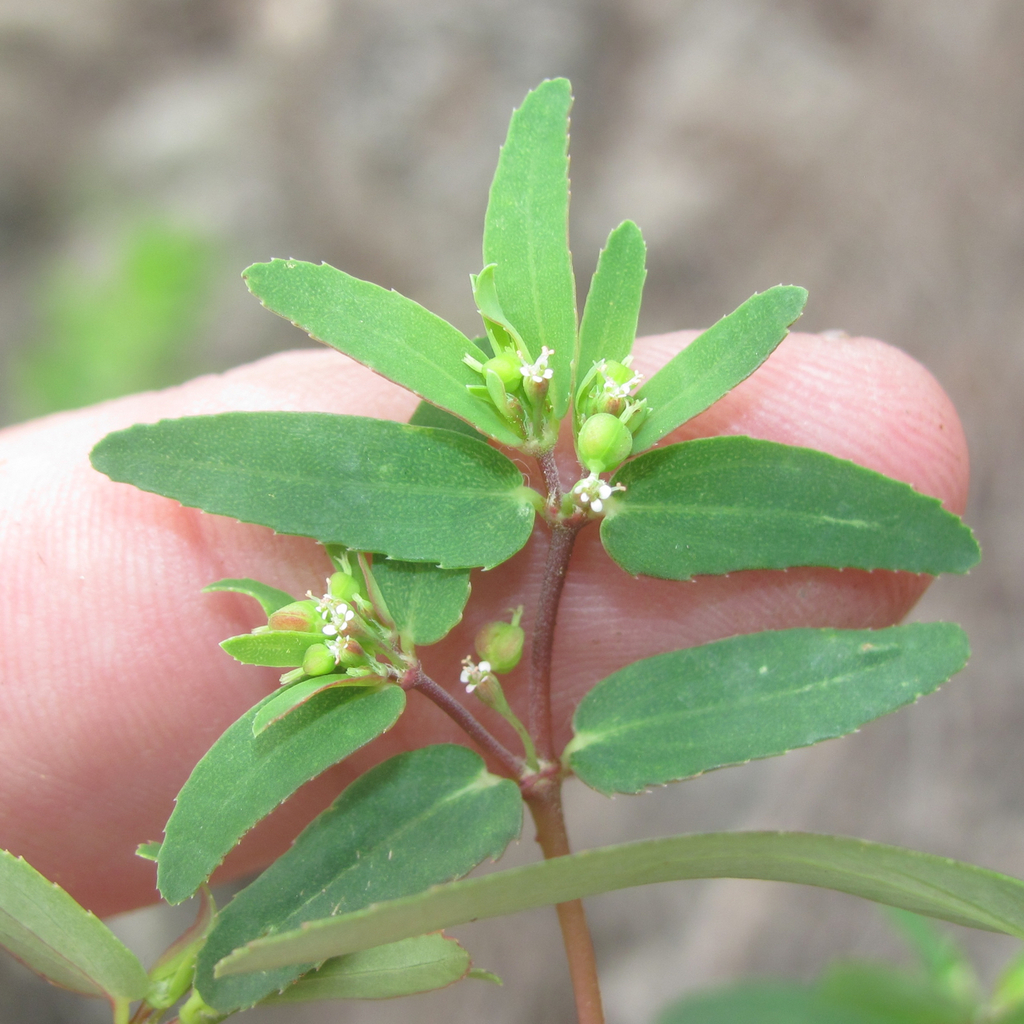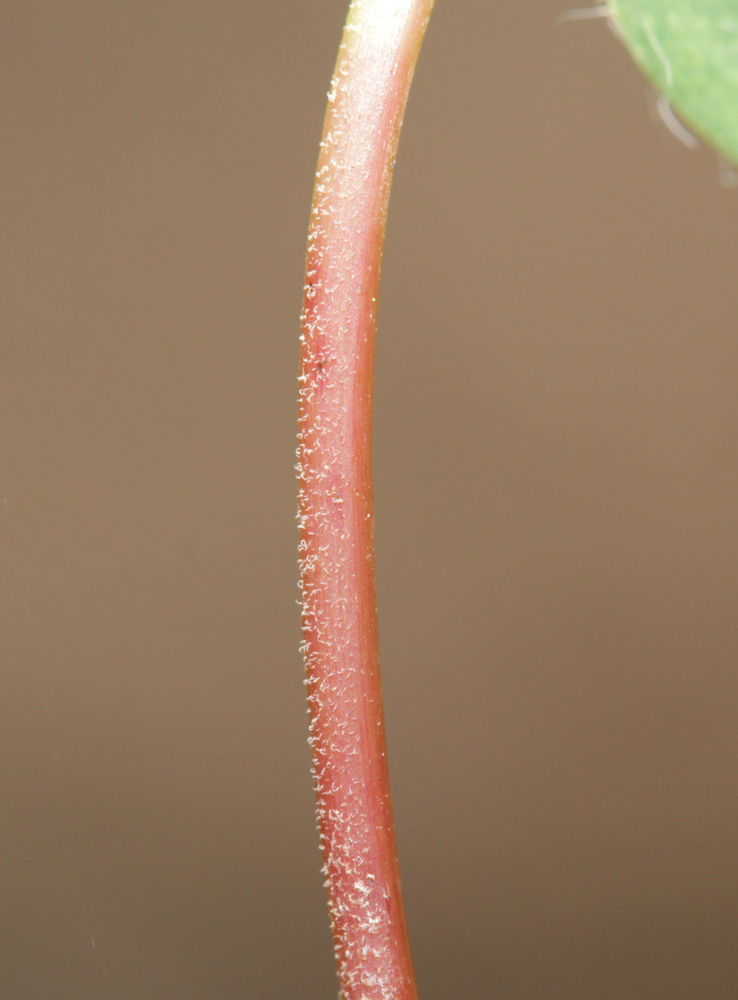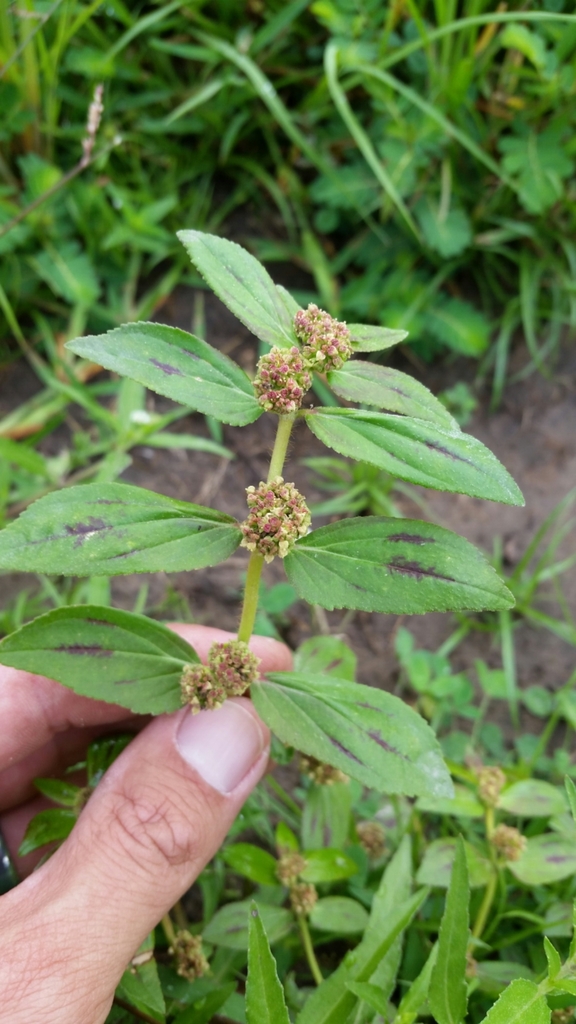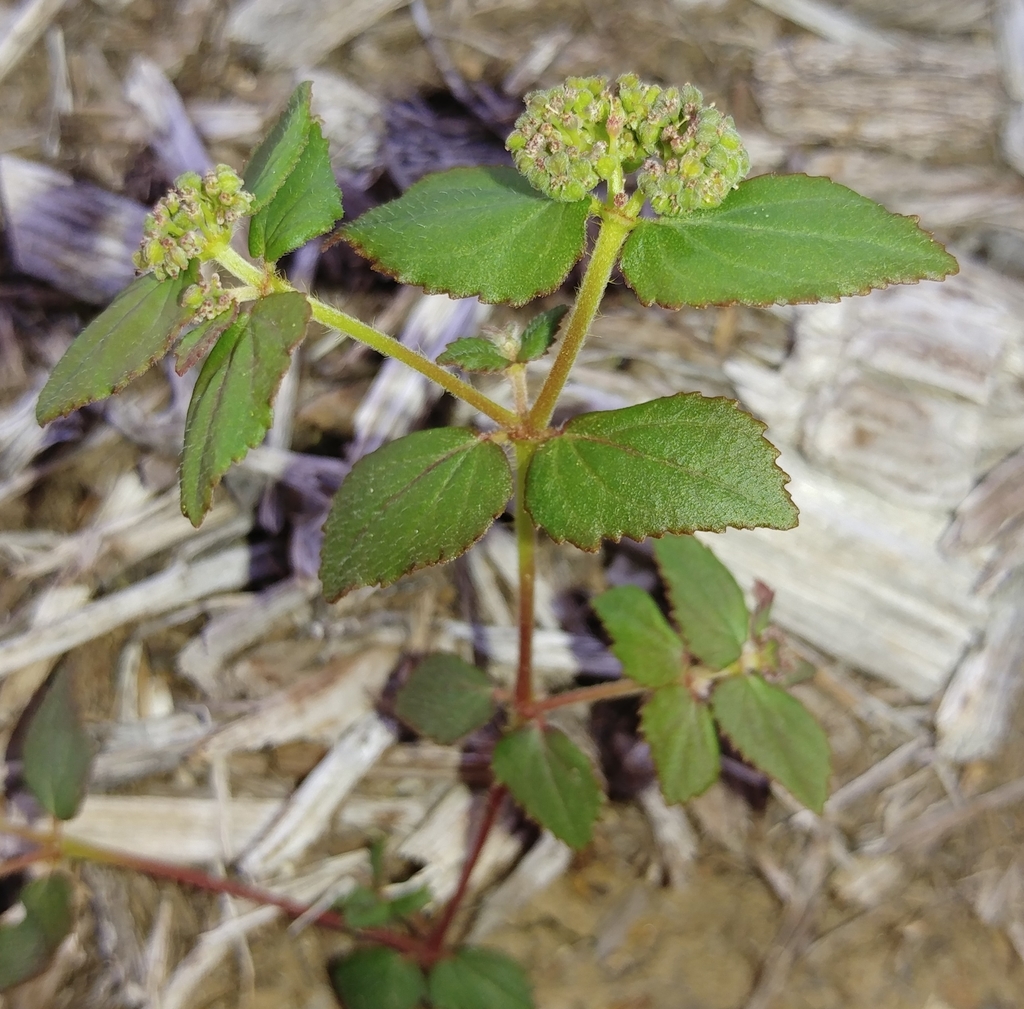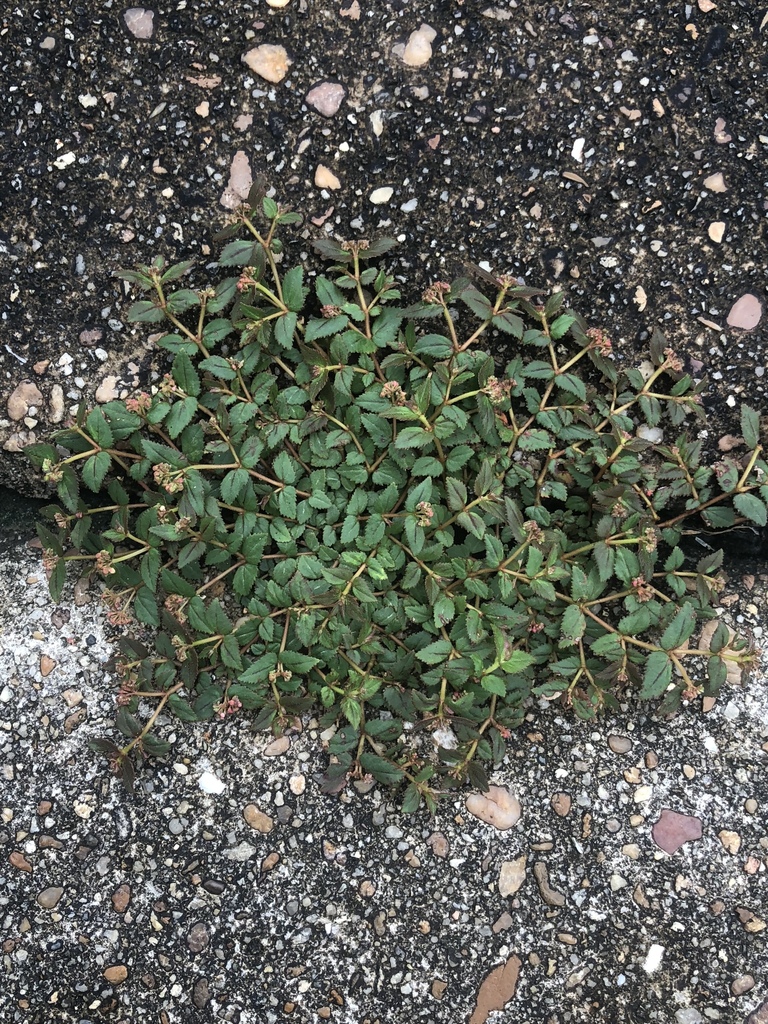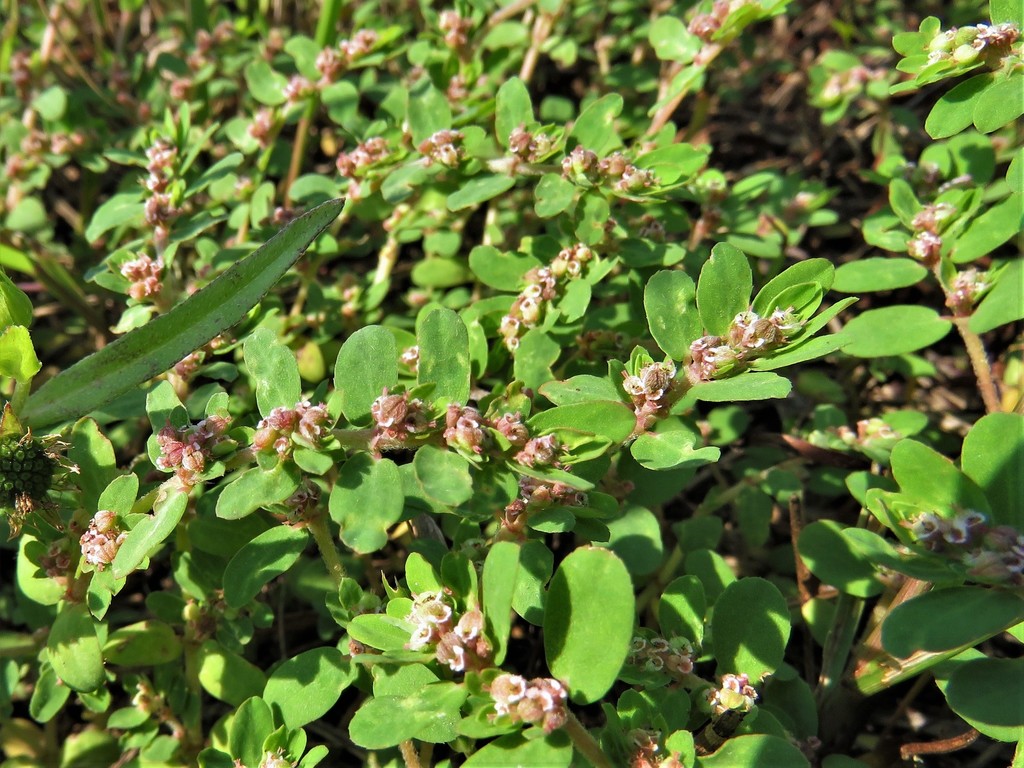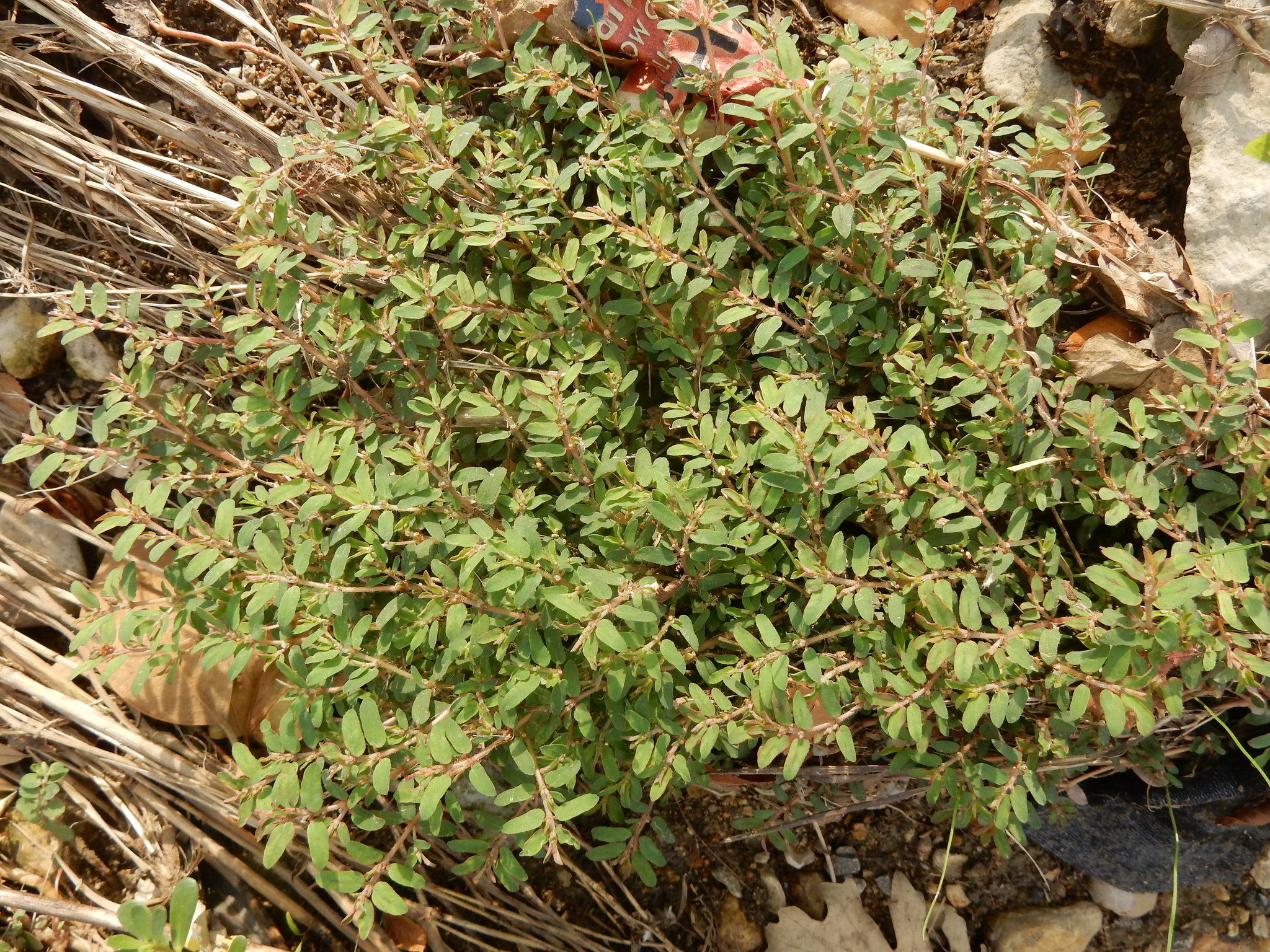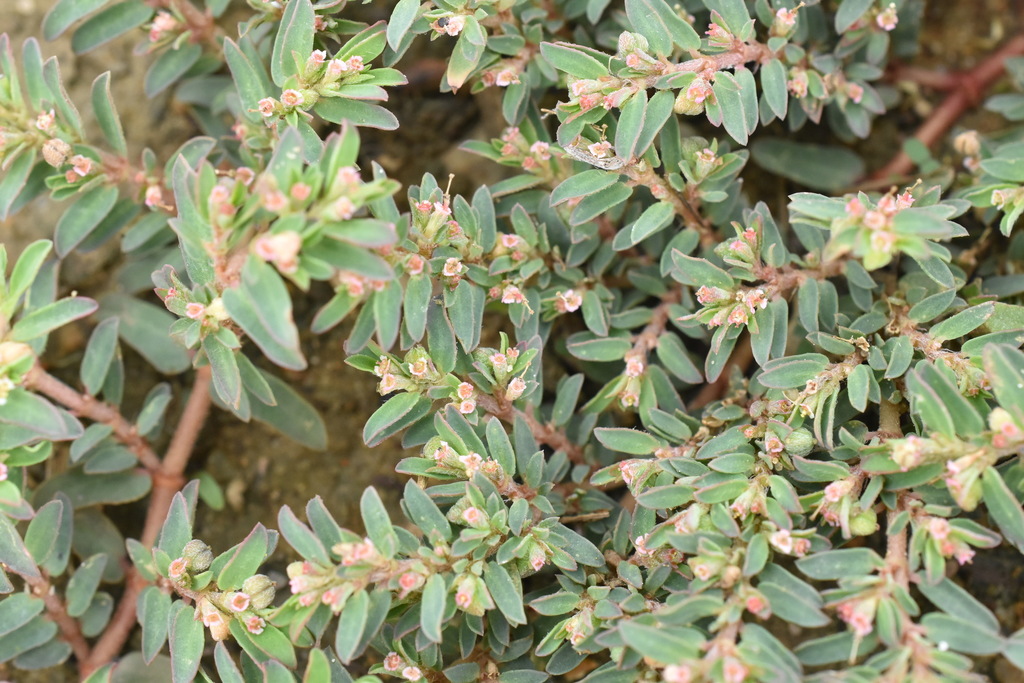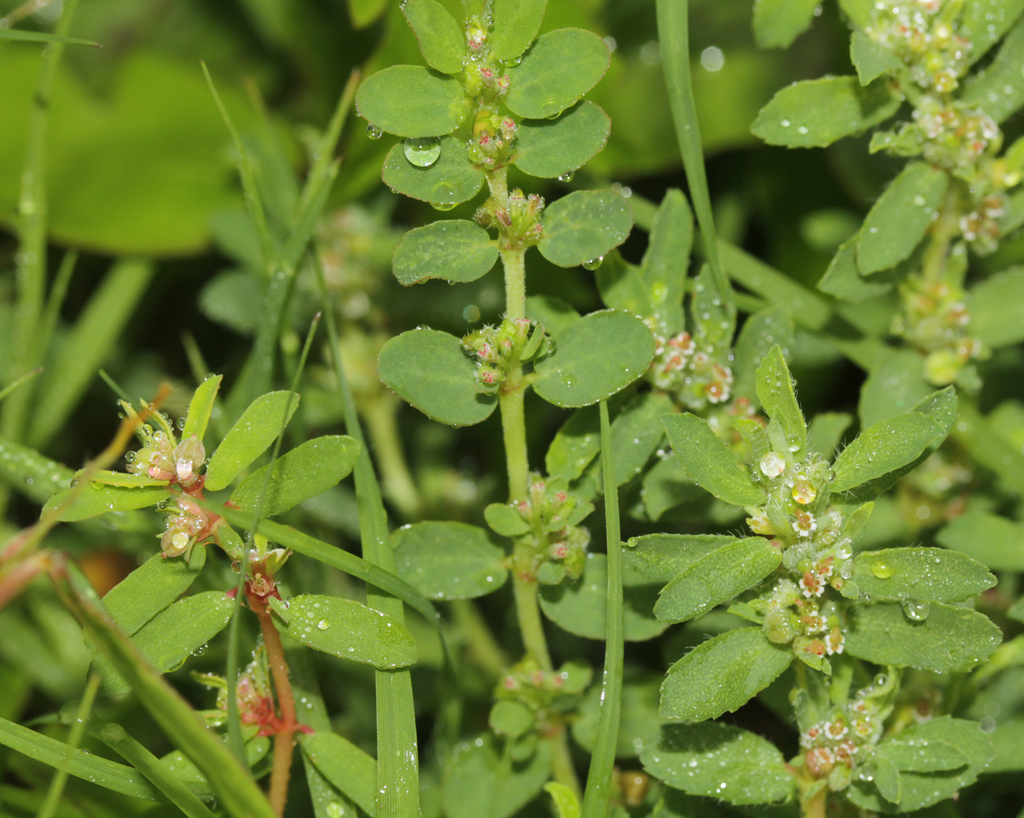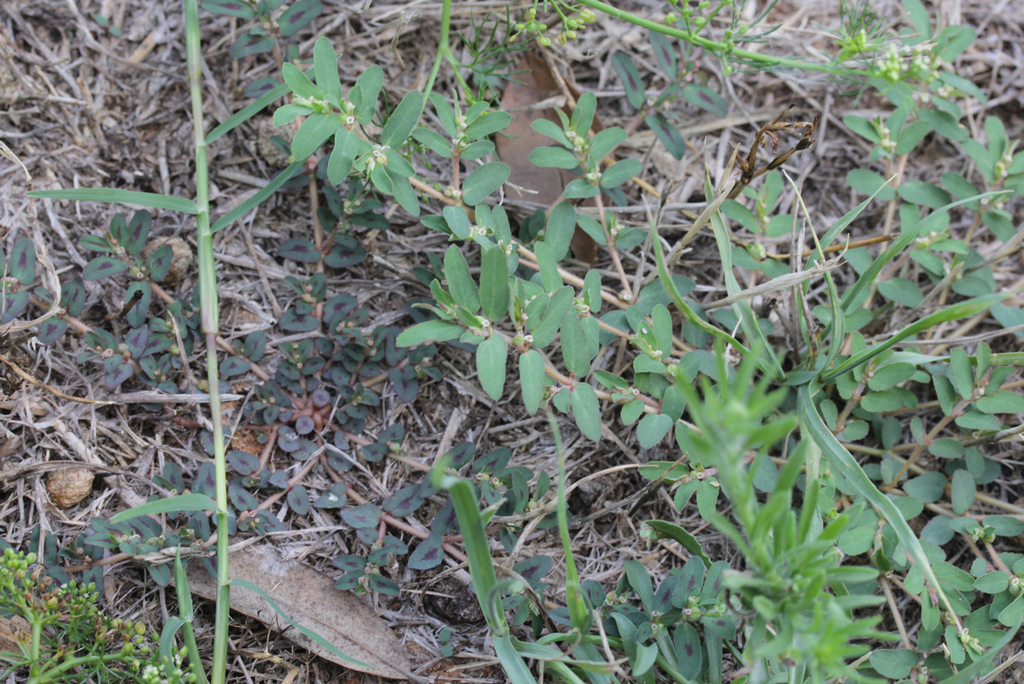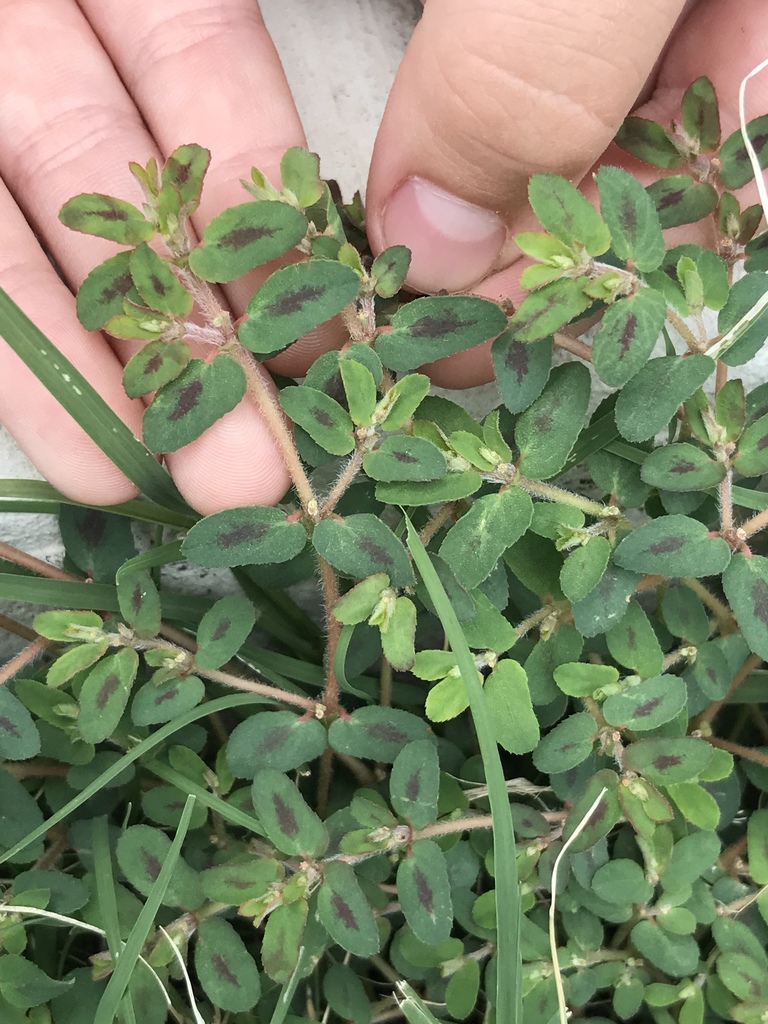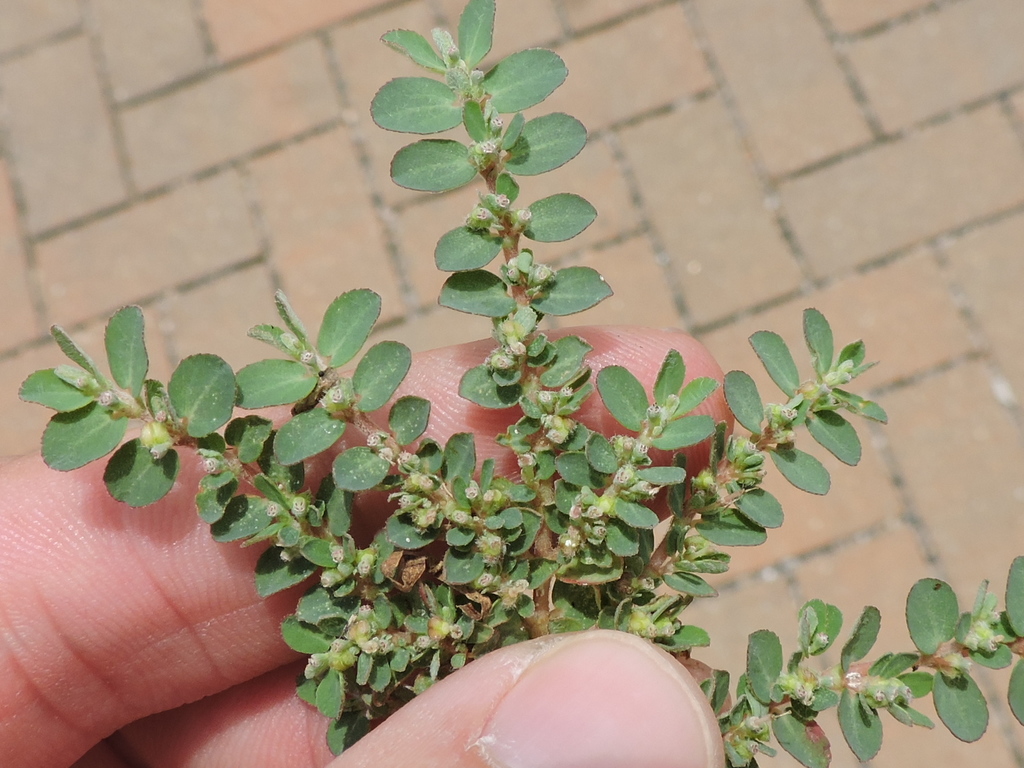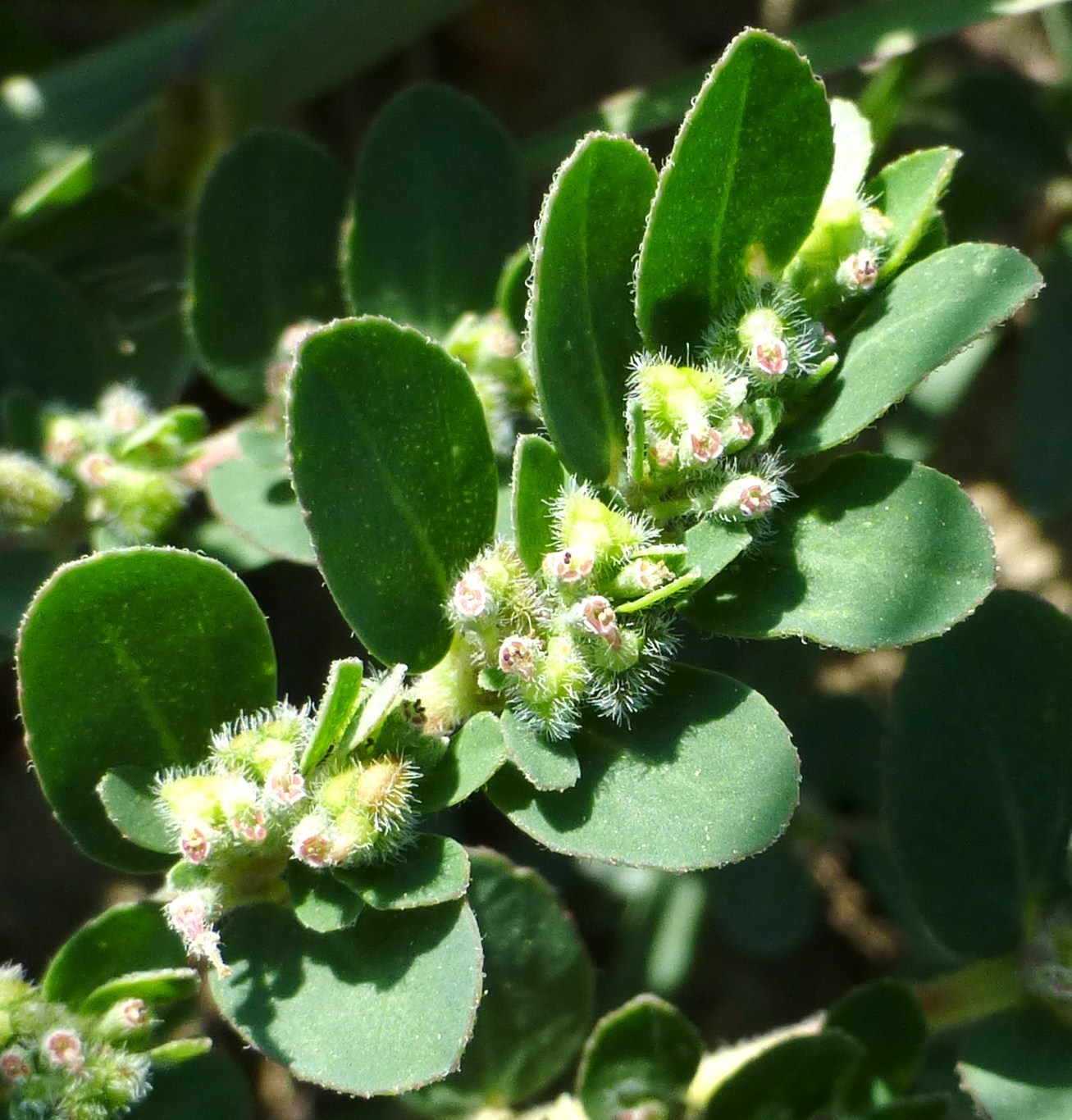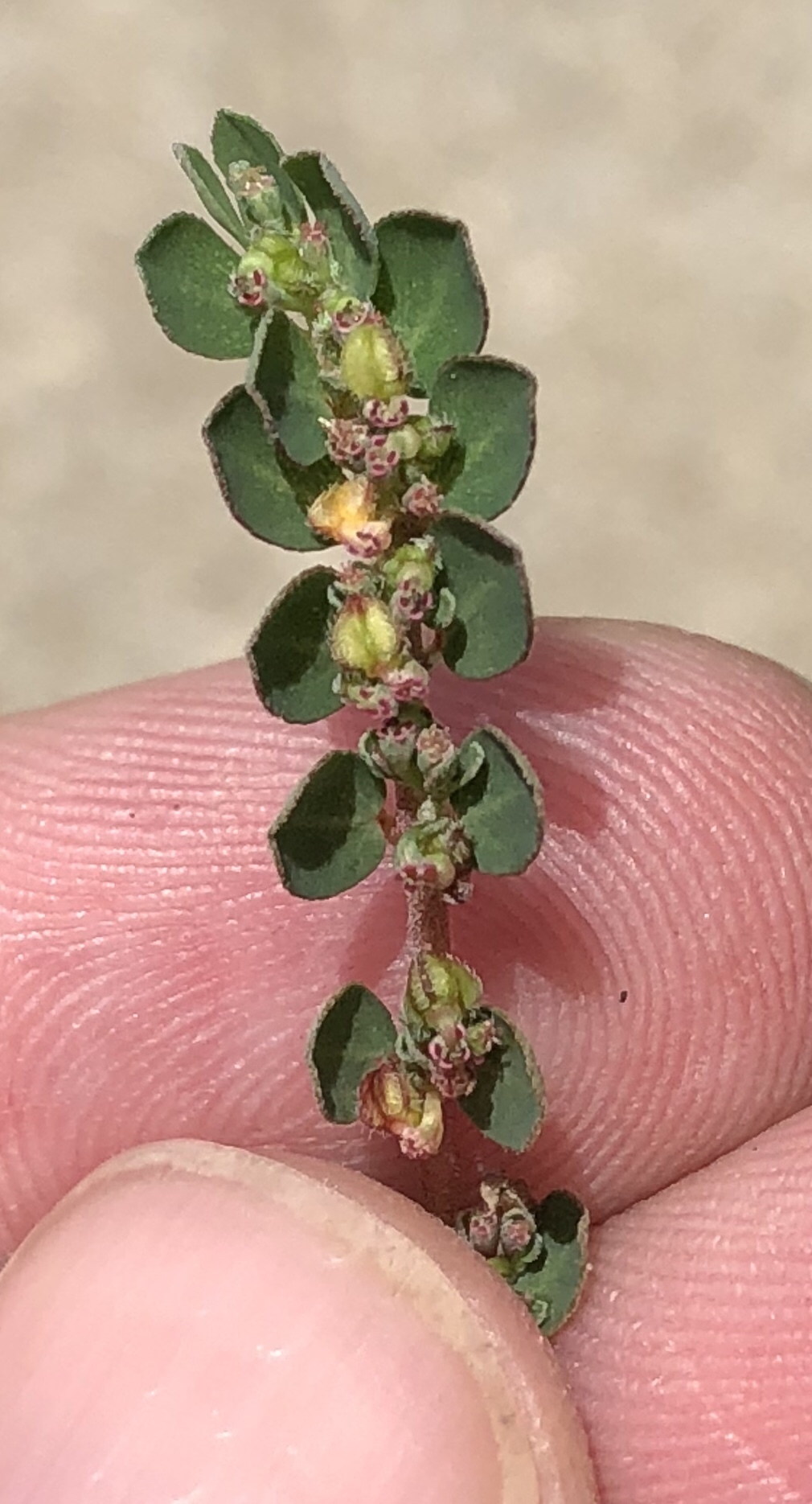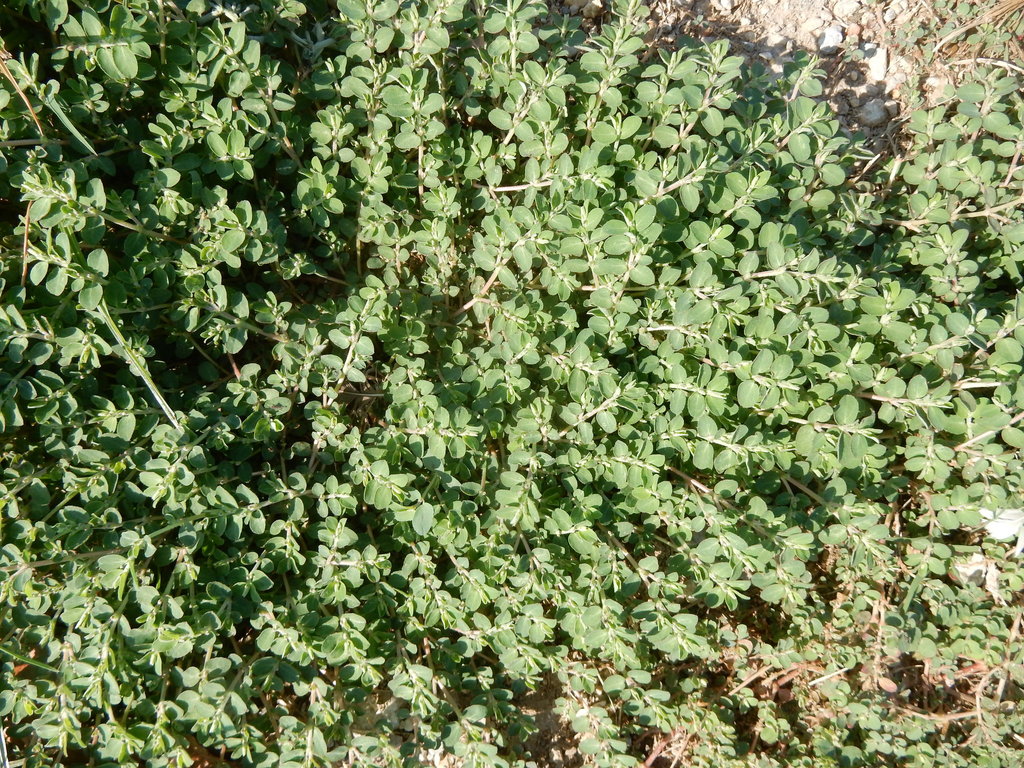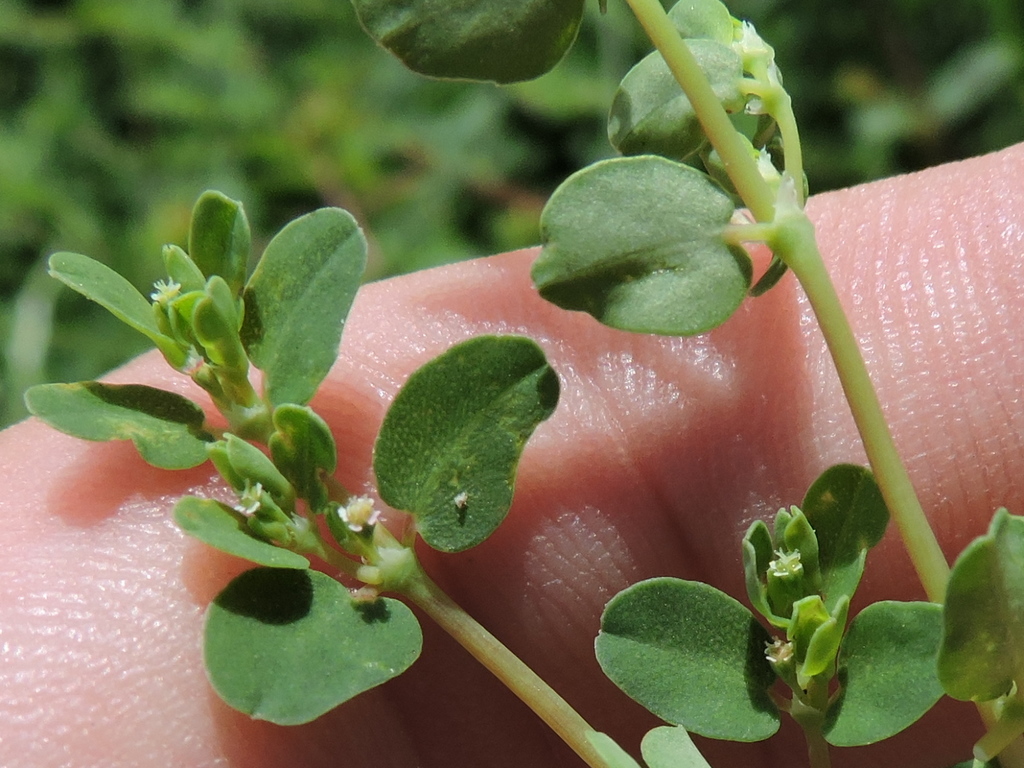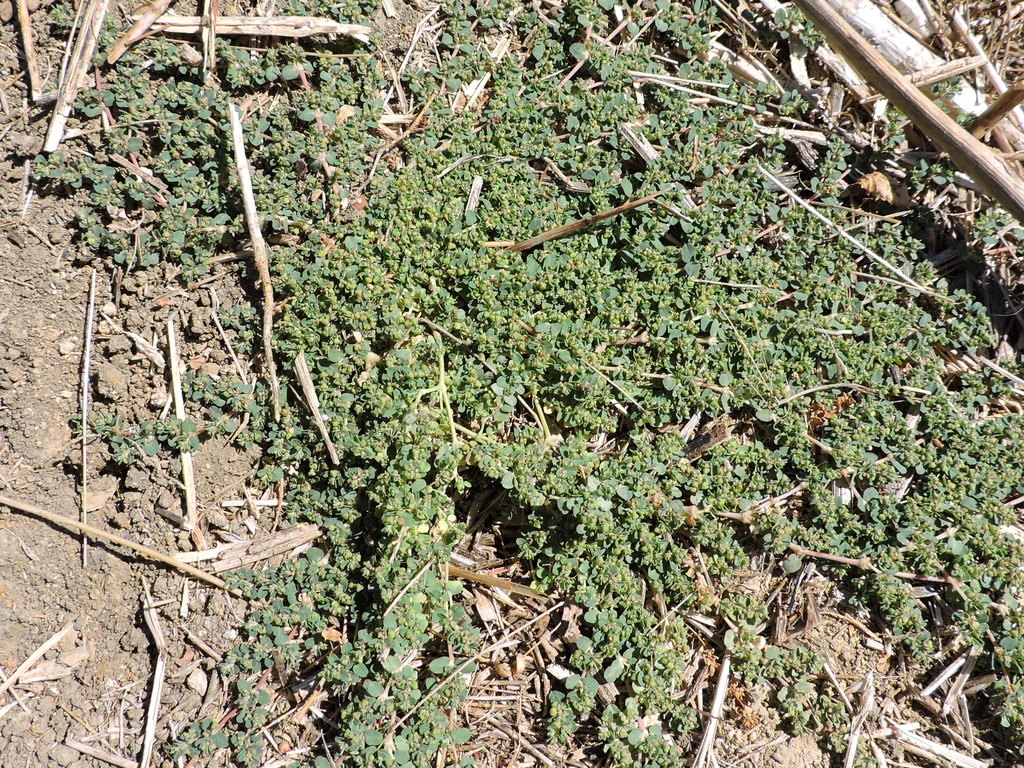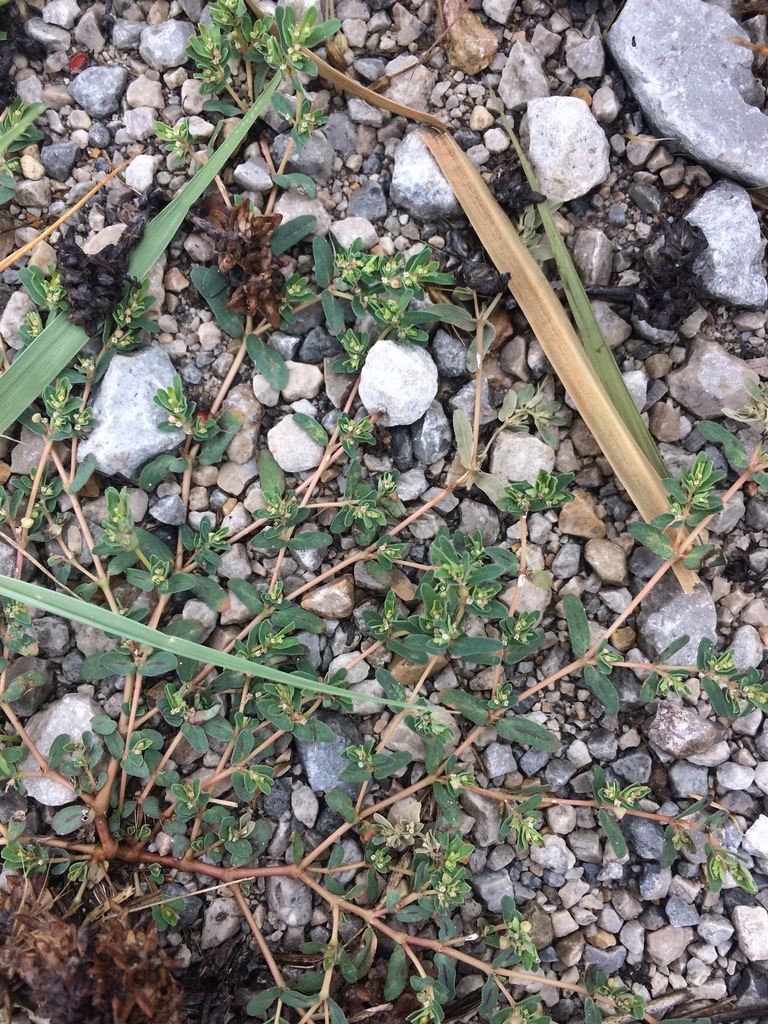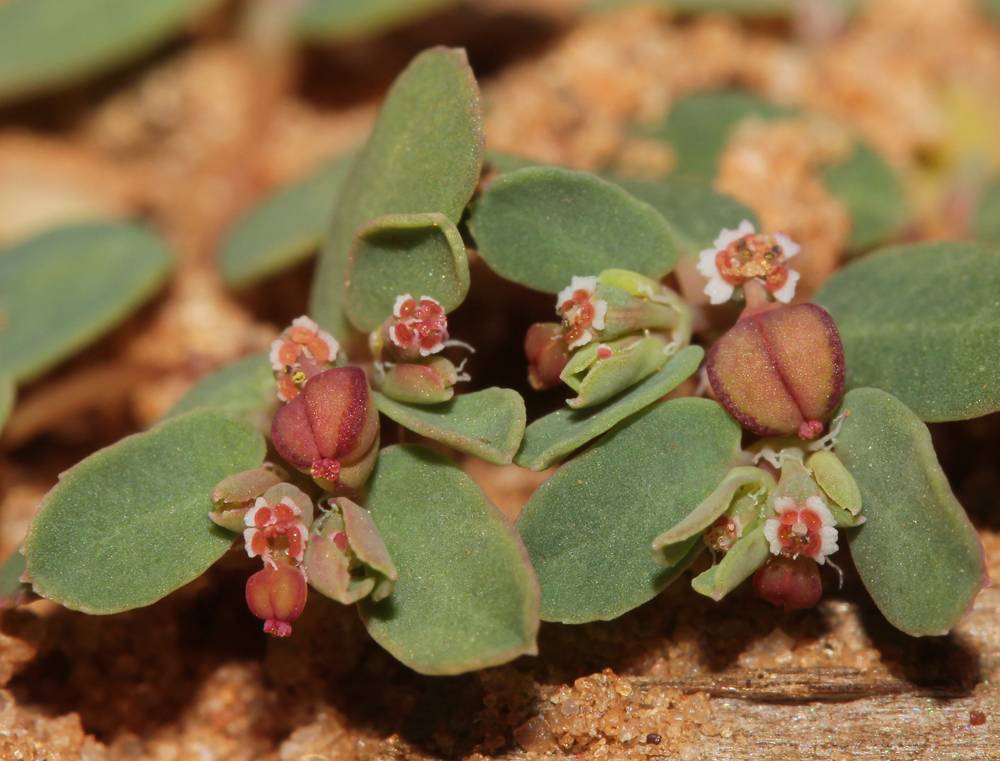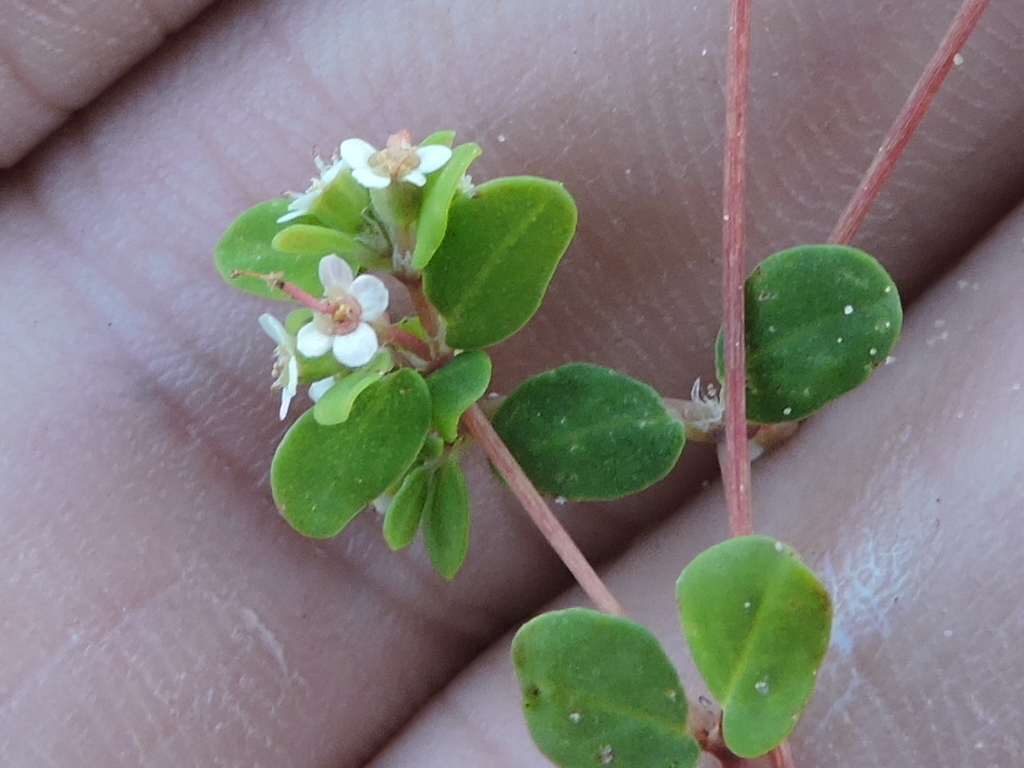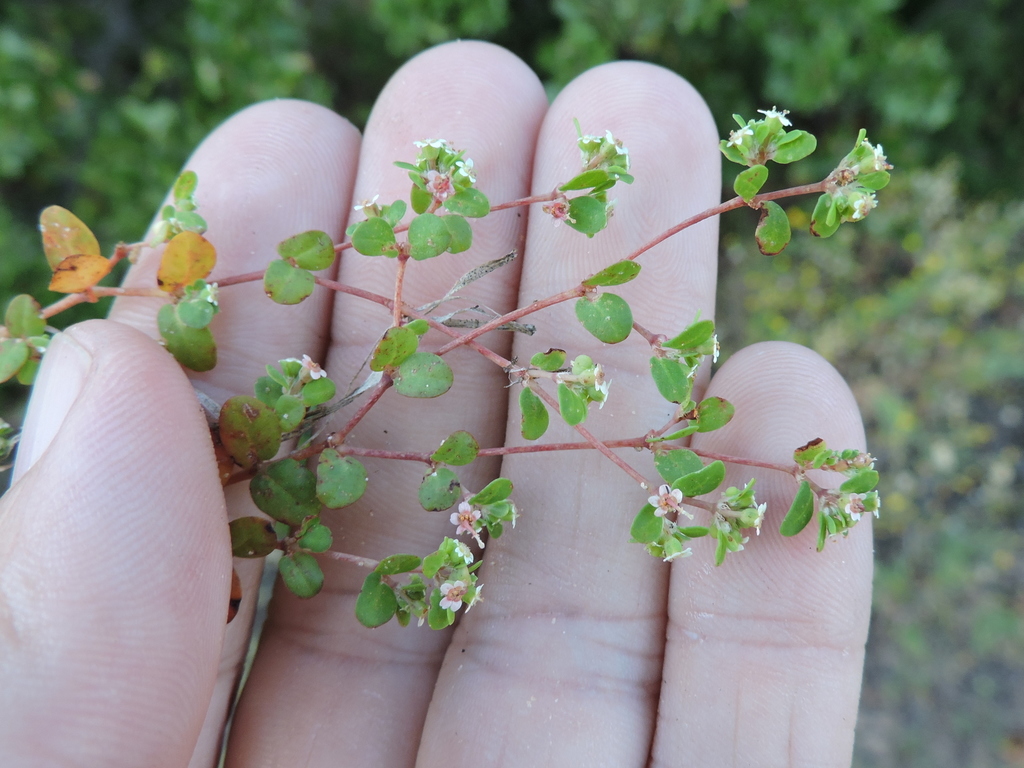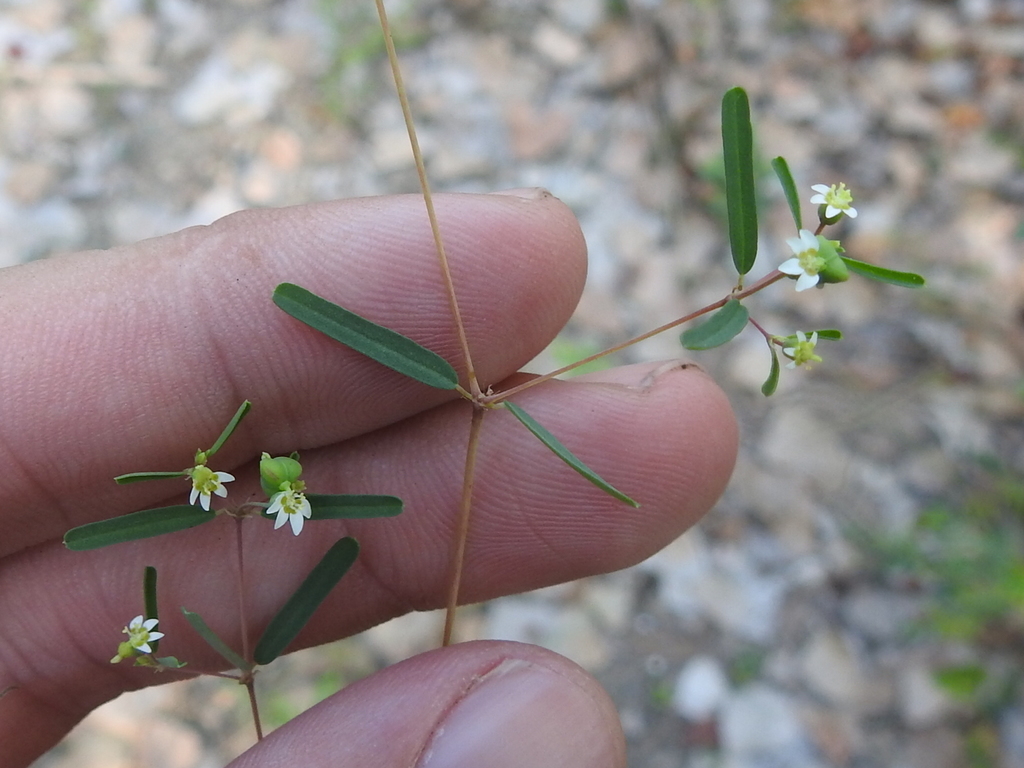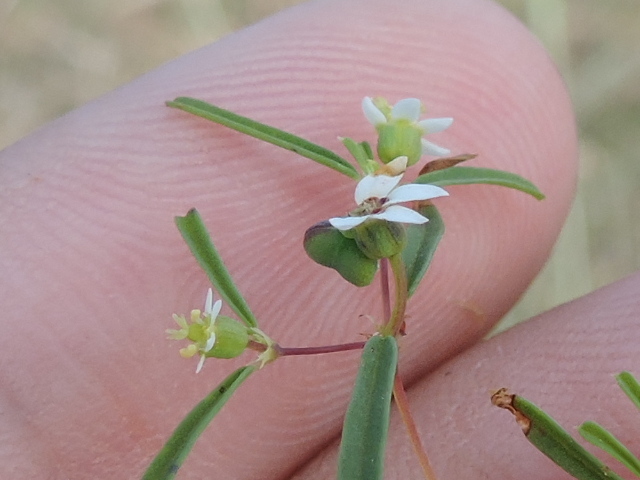Recommended Resources List
Here, I have listed a lot of the resources I use and have created to identify and understand members of the genus Euphorbia in the United States. If you're new to Euphorbia and/or this project, I recommend starting with the following links:
Basic explaination of the Christmas Poinsettia
About the genus Euphorbia (Euphorbia PBI)
Euphorbia, What to Photograph?
The basic US subgroups:
Subgenus Chamaesyce section Alectoroctonum:
The eastern members of sect. Alectoroctonum
iNaturalist photos
Subgenus Chamaesyce section Anisophyllum:
Section Anisophyllum explained
iNaturalist photos
Subgenus Chamaesyce section Poinsettia:
Basic explaination of the Christmas Poinsettia
iNaturalist photos
Subgenus Esula:
Subgenus Esula explained
iNaturalist photos
Subgenus Euphorbia section Nummulariopsis:
Section Nummulariopsis
iNaturalist photos
Subgenus Euphorbia section Crepidaria:
Dressler, 1957. The Genus Pedilanthus (the illustrations, in particular, are very informative; take this as an example)
iNaturalist photos
These will give you some idea of what a Euphorbia is and what makes it different from every other plant. The following is organized by subject. For identification guides, check the "Identification resources by subgroup" or "State specific resources" near the end.
iNaturalist projects:
Euphorbia species of the United States
Euphorbia of Mexico
Sandmats of the World
iNaturalist journal posts (general):
Lists and project info:
Species list for the United States
List of species that have not been observed on iNaturalist yet
Project observation fields explained
Tracked statistics
Tips:
Euphorbia, What to Photograph?
Tips on Harvesting and Photographing Seeds
Identification and taxonomy information:
Cyathium explained (Euphorbia PBI)
Cyathium explained in detail (journal post) and tips on cyathium dissection
Advanced Seed Morphology
Euhorbia PBI data portal (for finding species information including subgeneric taxa, nomenclatural information, and more)
Species commonly identified as Euphorbias
Euphorbia subgroups explained
Euphorbia marginata (Snow-on-the-Mountain) and E. bicolor (Snow-on-the-Prairie)
It's that time of year again: The spots of Spotted Spurge (Euphorbia maculata)
Section Nummulariopsis
Euphorbia albomarginata (Whitemargin Sandmat) and E. polycarpa (Smallseed Sandmat)
Euphorbia leaf colors and patterns
Euphorbia esula/virgata information (leafy spurges)
Detailed discussion
Discussion on E. saratoi
Flora of the Southern and Mid-Atlantic States (Weakley, draft 2015) (see pg. 675)
FNA treatment
General recomended external links:
Flora of North America
BONAP (for maps)
Euphorbia PBI
Euphorbia PBI species search
Tropicos (great way to find primary literature sources)
Biodiversity Heritage Library (great way to find primary literature sources)
GBIF (great way to find herbarium records)
Encyclopedia of life (often useful if you can find a good global map)
SEINet (great way to find herbarium records and photos)
Index herbariorum (useful in understanding what the herbarium abbreviations refer to)
Flora of the Southern and Mid-Atlantic States (Weakley, draft 2015) (see pg. 669)
Identification resources by Euphorbia subgroup
Section Alectoroctonum:
The eastern members of sect. Alectoroctonum
Euphorbia marginata (Snow-on-the-Mountain) and E. bicolor (Snow-on-the-Prairie)
Section Anisophyllum:
Section Anisophyllum explained
Euphorbia albomarginata (Whitemargin Sandmat) and E. polycarpa (Smallseed Sandmat)
It's that time of year again: The spots of Spotted Spurge (Euphorbia maculata)
The Weedy Species of Sandmats (Euphorbia sect. Anisophyllum) in Texas
Nathan Taylor's thesis: Explorations into Euphorbia sect. Anisophyllum (Euphorbiaceae) in the trans-Pecos region of Texas with a focus on the Fendleri Clade (I know, the title is very long)
Varieties of E. deltoidea
Section Crepidaria:
Subgenus Esula:
Subgenus Esula explained
California Euphorbs of subgenus Esula
Texas Euphorbias, Subgenus Esula
Notes on cyathia with 5 glands
A few members of subgenus Esula sect. Helioscopia
Section Poinsettia:
Basic explaination of the Christmas Poinsettia
Poinsettia cyathia explaination
Section Nummulariopsis:
Section Nummulariopsis
State specific resources (not comprehensive and in progress)
Alabama:
Alabama Euphorbia species
Arizona:
City Spurges - Tucson
California:
Jepson eFlora
California Euphorbs of subgenus Esula
Calflora
City Spurges - San Diego
Florida:
Florida Euphorbia species
Atlas of Florida Plants
Section Nummulariopsis
Varieties of E. deltoidea
New Mexico:
The status of the genus Chamaesyce in New Mexico
Texas:
Texas Euphorbia species list
The Weedy Species of Sandmats (Euphorbia sect. Anisophyllum) in Texas
City Spurges - DFW area
Sandmats (Euphorbia sect. Anisophyllum, previously Chamaesyce) of the Llano Estacado
Texas Euphorbias, the Tithymaloids
Nathan Taylor's thesis: Explorations into Euphorbia sect. Anisophyllum (Euphorbiaceae) in the trans-Pecos region of Texas with a focus on the Fendleri Clade (I know, the title is very long)
Extralimital
New Zealand Plant Conservation Network
European Euphorbia checklist - found here
British members of subg. Esula
Some European Spurges


